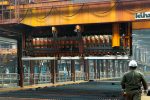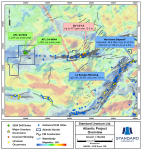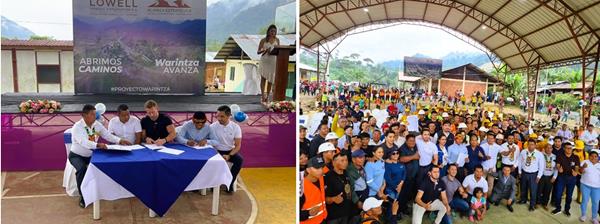
Solaris Resources (TSX:SLS)(NYSEAmerican:SLSR) and the Shuar communities of Warints and Yawi have recently signed an updated Impact and Benefits Agreement (IBA) for the Warintza Project. This agreement signifies a step forward in the project’s evolution, reflecting its continued growth and advancement.
The IBA is a key part of Solaris’ Community Social Relations (CSR) program, recognized as a leading practice within the Ecuadorian mining industry. It guarantees the Shuar communities’ backing for Warintza throughout all stages, from exploration and development to production. Importantly, the agreement also formalizes commitments to several key areas.
First, that Solaris Resources will uphold the social and cultural practices of the Shuar communities. Second, the company will take steps to minimize or eliminate any negative impacts the project may have. This could include environmental or social disruptions. To maximize community participation in the project, Solaris will provide opportunities for employment, education, and skills training. The agreement also includes financial benefits for the Shuar communities.
The Warintza Project is expected to deliver significant advantages to local communities. These include job creation and business development opportunities. The project will also improve access to appropriate healthcare, including emergency services. Additionally, the agreement includes measures to develop community infrastructure and provide educational and skills training programs.
The updated IBA also fosters greater involvement from the Shuar communities in the project’s development. This collaboration establishes a framework to address shared concerns regarding the project’s impact on their lives and the well-being of their communities.
Beyond local benefits, the Warintza Project is anticipated to generate tax revenue for the Ecuadorian government. Solaris has reiterated its commitment to operating sustainably and responsibly by minimizing environmental impact and maintaining open communication with local communities.
Ms. Sonsoles García, Minister of Production, Foreign Trade, Investment and Fisheries, commented, “We value this initiative of Solaris because it strengthens positive community relations and provides for the integration of the local population in productive and sustainable activities. This allows the inclusion of a traditionally displaced population, which is a priority for us. It is also aligned with the priority we have as a National Government of territorial development and good use and management of resources.”
Mr. Daniel Earle, President & CEO, commented, “The signing of this updated IBA builds on the foundation of good faith dialogue and trust that led to the formation of a Strategic Alliance partnership with our host communities and original IBA in 2020. This marks a significant milestone in the social advancement of the Warintza Project through our pioneering Participatory Mining model for sustainable resource development.”
Mr. Agustin Kayuk, leader of the Shuar Warints Center and member of the Board of Directors of the Strategic Alliance, commented, “The signing of this updated IBA strengthens the working relationship with Solaris and brings greater opportunities for the development of our communities. The decision is supported by a permanent relationship with the Company based on mutual respect and transparent dialogue, as well as a history of positive impacts generated for our people. We look forward to continuing our relationship and playing an integral role in the advancement of the Project.”
Mr. Vicente Froilan Juank, leader of the Shuar Yawi Center and also a member of the Board of Directors of the Strategic Alliance, commented, “The updated IBA brings further support and new opportunities for our people. When Warintza advances, our communities advance with it. Since the signing of the inaugural IBA in 2020, and with the help of the Ecuadorian state, the local impacts in job creation, community infrastructure, and development of programs in health, education, skills training, entrepreneurship, and innovation have been evident in our daily lives.”

Solaris Resources (TSX:SLS)(NYSEAmerican:SLSR) is gearing up for its debut on the NYSE American. The move involves the discontinuation of its listing on the OTCQB Venture Market, transitioning the trading of its common shares to a more prominent platform under the new ticker symbol “SLSR” starting April 19, 2024. This strategic shift aims to provide Solaris with enhanced visibility and accessibility to a broader base of institutional and retail investors.
The company, which will continue to be listed on the Toronto Stock Exchange under the ticker “SLS”, does not require its shareholders to take any immediate actions regarding this transition. However, those who have purchased shares through the OTCQB are advised to check their accounts to ensure their holdings are updated with the new ticker symbol following the change.
Recent Developments and Strategic Investments
Earlier this year, on January 11, Solaris announced a significant financial boost through a private placement investment from Zijin Mining Group Co., Ltd., amounting to approximately $130 million. This deal resulted in the issuance of over 28 million common shares at a price of $4.55 each, a 14% premium over the closing price on the TSX the day before the agreement was finalized. This transaction marked a substantial endorsement from Zijin, which now holds about 15% of Solaris’ common shares on a fully diluted basis.
Daniel Earle, President and CEO of Solaris, praised the partnership, highlighting Zijin’s remarkable growth and expertise in the mining sector, which spans across 16 countries. The collaboration is set to advance the development of Solaris’s flagship Warintza Project in southeastern Ecuador, with funds also earmarked for general corporate purposes.
The closing of the private placement is contingent upon several conditions, including approvals from the TSX, under the Investment Canada Act, and from relevant authorities in China. Furthermore, the agreement grants Zijin the right to nominate a director to Solaris’s board as long as it maintains at least a 5% shareholding. Zijin also secures rights to maintain its ownership percentage through future securities purchases under specific conditions.
Trilateral Cooperation for Community Development
Additionally, on March 1, Solaris Resources further demonstrated its commitment to sustainable practices by entering a trilateral cooperation agreement aimed at supporting the Shuar communities in Ecuador. This initiative, involving the Interprovincial Federation of Shuar Centers and the Alliance for Entrepreneurship and Innovation, focuses on various developmental programs ranging from health and education to sustainable mining practices.
The collaboration aligns with ongoing efforts to promote economic and social advancement within these indigenous territories, which are integral to the Warintza Project’s success. The comprehensive support from this agreement encompasses health care, education, and business development programs tailored to the needs of the Shuar people, fostering a supportive relationship between the corporation and the community.
As Solaris Resources transitions to a new stage of corporate and community development, the company remains focused on leveraging strategic partnerships and maintaining its commitment to sustainable mining practices, positioning itself for future growth in the global mining sector.
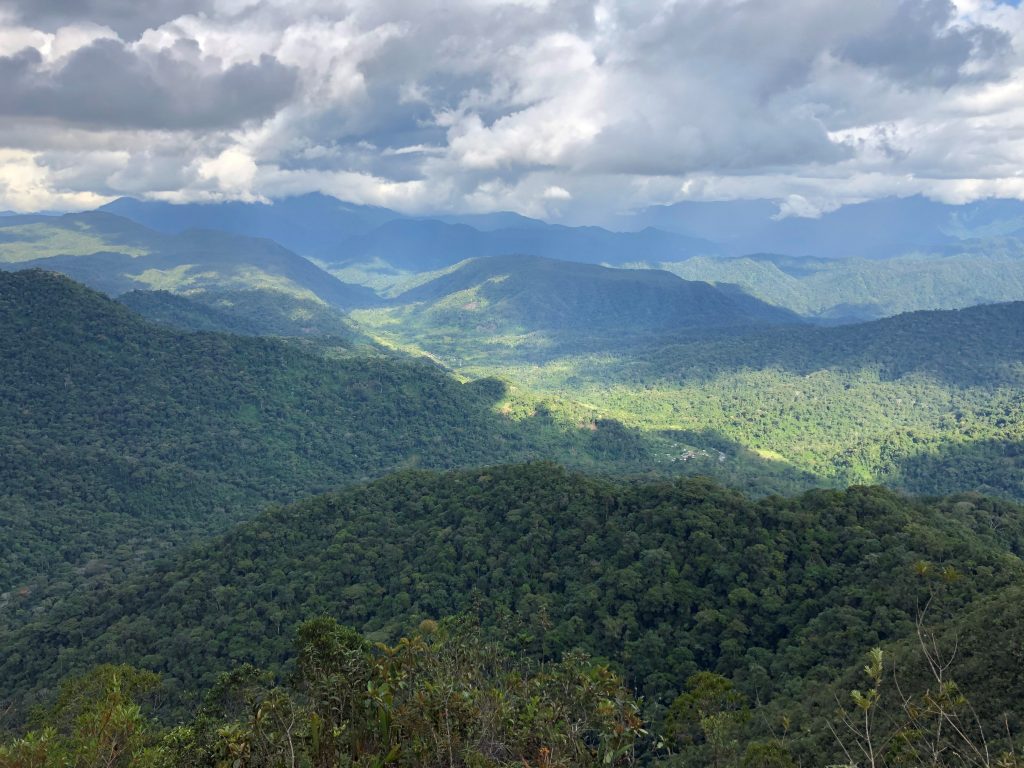
Solaris Resources (TSX: SLS) (OTCQB:SLSSF), on March 1, 2024, entered into a trilateral cooperation agreement with the Interprovincial Federation of Shuar Centers (FICSH) and the Alliance for Entrepreneurship and Innovation (AEI) of Ecuador. The signing ceremony took place during the Prospectors & Developers Association of Canada (PDAC) convention. What does the agreement mean for the company and the communities in which its Warintza Project operates?
The agreement aims to foster economic and social development in Shuar communities represented by FICSH, including the Warints and Yawi communities, which host Solaris’ Warintza Project on their lands. The collaboration will focus on programs in health, education, skills training, entrepreneurship, innovation, and sustainable mineral resource development.
FICSH, established by the Ministry of Social Welfare of Ecuador in 1964, is the largest and highest authority among Shuar indigenous organizations. It represents 50 associations, comprising 500 Shuar communities and approximately 143,000 Shuar indigenous people.
AEI is an independent non-profit organization dedicated to promoting entrepreneurship and innovation as the foundation for Ecuador’s productive development. Solaris has been a member of AEI’s network of public, private, and academic actors since 2021.
Mr. Froilan Juank, President of Yawi Center and member of the Board of Directors of the Strategic Alliance, commented in a press release: “The Shuar communities of Warints and Yawi support this agreement which follows from our request for FICSH to represent us and our interests and extend benefits to other member communities. We reject the false statements made by foreign non-governmental organizations (NGOs) and the Shuar Arutam People’s Associations (PSHA) which ignore our voice and speak against our interests. We are the legitimate registered owners of the Ancestral Lands on which the Warintza Project resides and we have the right and have chosen, through our General Assembly, to participate in the project through our Strategic Alliance and Impact and Benefits Agreement.”
Mr. David Tankamash, President of FICSH, commented in a press release: “Our work aims to improve the quality of life and access to opportunities for our member Shuar Centers. We support the Warints and Yawi communities and reject the efforts of foreign NGOs who act against the will and interest of our members. This agreement, which has been approved by the will of the FICSH General Assembly, is important for inclusive and sustainable mineral resource development. The Solaris model proves the Shuar nation can partner in development opportunities on our lands. We deserve the opportunities indigenous nations have in other parts of the world and foreign NGOs must respect our choices.”
The key programs under the cooperation agreement include:
- Health: Training and support for providing medical services in remote communities, in collaboration with the Ministry of Public Health.
- Education: Training and support for developing and delivering intercultural education in remote communities, in partnership with the Ministry of Education.
- Production: Training and technical assistance related to agricultural and business development, project management, and accounting.
- Artisanal mining: Environmental, safety, and technical training and support for the formalization of artisanal mining in FICSH territories.
The agreement also demonstrates Solaris Resources Inc.’s commitment to engaging with local communities and promoting sustainable development in the regions where it operates.
The above references an opinion and is for information purposes only. It is not intended to be investment advice. Seek a licensed professional for investment advice. The author is not an insider or shareholder of any of the companies mentioned above.
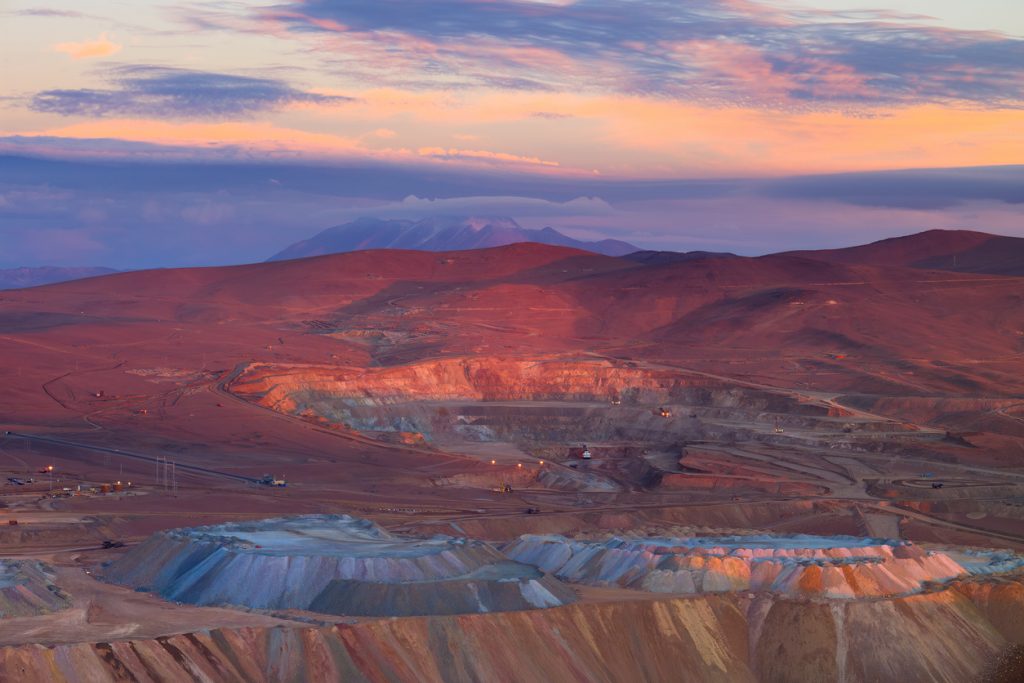
The copper mining industry plays a crucial role in the global economy, with South America being a significant contributor to the world’s copper supply. As the demand for copper continues to grow, driven by the increasing need for renewable energy and electric vehicles, exploration projects in this region have gained momentum along with some of the biggest investment interest in the past few years . In 2024, there are a few important companies actively engaged in copper exploration across various countries in South America, with promising results and future prospects.
Freeport McMoRan in Peru
Freeport McMoRan, a leading copper producer, operates the Cerro Verde copper mine in Peru. However, the company is projected to face challenges in 2024, with sales volumes expected to decrease to 1.13Blb (512,559t) of copper, compared to 1.20Blb sold in 2023. This decline is attributed to lower grades at Cerro Verde and mill recoveries falling below those in the same period of 2022. Despite these challenges, Freeport McMoRan remains committed to its operations in Peru and continues to explore opportunities for growth and optimization.
Lundin Mining Corporation: Consistent Performance and Expansion
Lundin Mining Corporation has demonstrated consistent performance in its copper exploration and production activities across South America. In the second quarter of 2023, the company produced 10,697 tonnes of copper and approximately 13,000 ounces of gold in concentrate. The Chapada mine in Brazil, one of Lundin’s key assets, achieved higher recoveries, resulting in increased copper production compared to the prior year quarter.
Looking at Lundin’s historical performance, the company produced 249,659 tonnes of copper on a consolidated basis in 2022, which was within the guidance range of 250,000 to 274,000 tonnes. In 2023, Lundin Mining achieved a record consolidated copper production of 314,798 tonnes, surpassing the guidance range of 300,000 to 320,000 tonnes.
For the three-year period from 2024 through 2026, Lundin Mining has provided production guidance for copper, with a range of 366,000 to 400,000 tonnes. This guidance is largely in line with the company’s 2023 production guidance, indicating a likely stable outlook for Lundin’s copper exploration and production.
Solaris Resources: Strategic Investments and Resource Expansion
Solaris Resources (TSX:SLS) (OTCQB:SLSSF) has proven itself as one of the most important exploration companies in South America over the past few years, with significant developments at its Warintza Project in Ecuador. The company is preparing for a major mineral resource estimate update, expected in late Q2 2024, which will leverage extensive drilling data to potentially enhance resource size and grade at Warintza Central, East, and Southeast.
In a strategic move, Solaris also announced plans to list its common shares on the NYSE American stock exchange, securing funding for exploration and development programs in 2024 and 2025. Additionally, the company received a significant investment from Zijin Mining, a major Chinese company, which provided crucial capital for ongoing activities at the Warintza Project and highlighted the project’s potential.
Zijin Mining’s investment, announced on January 11, 2024, involves the purchase of approximately 28,481,289 common shares of Solaris Resources at a subscription price of $4.55 per share, representing a 14% premium to the closing price of the common shares on the Toronto Stock Exchange (TSX) on January 10, 2024. Upon closing of the investment, Zijin Mining will own approximately 15% of the common shares on a fully diluted basis.
The investment from Zijin Mining is expected to be used by Solaris Resources to advance and develop the Warintza copper project primarily. This strategic partnership provides financial security for Solaris Resources and the expertise and growth potential of Zijin Mining, one of the most successful major mining companies in the world.
Solaris Resources continues active drilling with six rigs, focusing on resource expansion, infill drilling, and exploration beyond the current resource zones\[2\].
Copper exploration in South America remains strng in 2024, with companies like Freeport McMoRan, Lundin Mining Corporation, and Solaris Resources actively engaged in resource expansion, strategic partnerships, and sustainable operations. As the demand for copper continues to grow, driven by the global shift towards renewable energy and electric vehicles, these projects will be watched ever more closely for major announcements.
The above references an opinion and is for information purposes only. It is not intended to be investment advice. Seek a licensed professional for investment advice. The author is not an insider or shareholder of any of the companies mentioned above.

The Warintza Project in southeastern Ecuador, operated by Canadian copper mining company Solaris Resources (TSX:SLS) (OTCQB:SLSSF), has become a model for sustainable mineral exploration and development. Solaris adheres to a “Participatory Mining” model that engages government, communities, and the company in an alliance governing the strategic socio-economic development alongside the project. This inclusive approach is based on transparency, dialogue, and building trust between stakeholders with the goal of improving quality of life in a sustainable manner.
For example, the company has explicit community consent for the Warintza Project through legally-binding community agreements with the Warints and Yawi Shuar communities that host the Project on their Ancestral Lands. These Ancestral Lands are legally-defined and have been registered with the Government of Ecuador since 2002. The timeline of agreements includes:
- January 2019: Memorandum of Understanding signed with the Warints and Yawi communities
- September 2020: Impact and Benefits Agreement, the first signed in the country with Shuar communities
- March 2020: Impact and Benefits Agreement for Project advancement and scope expansion
- Late 2022: Completed an Environmental Impact Assessment on the Project
This formal consent demonstrates the strong relationship and trust built between Solaris and the local communities through open dialogue and mutually beneficial partnerships. The participatory model ensures the indigenous populations are informed, engaged, and ultimately benefit from the development of their ancestral territory.
Solaris’ commitment to sustainability is also embedded in its policies and participation in the UN Global Compact. They strive to minimize environmental impacts by going beyond required guidelines, using robust monitoring, and integrating protection into daily practices. Compliance with regulations, biodiversity management, community involvement, efficient resource use, responsible waste management, and education on best practices foster environmental stewardship. Proactive efforts like their greenhouse gas reduction plan and partnerships demonstrate Solaris’ dedication.
Central to the sustainability strategy is the Citizen Participation Process where local populations are informed of potential impacts and can provide input that gets incorporated into environmental studies. This participatory mechanism for consultation and dialogue ensures community engagement and consent, legitimizing the project. Solaris maintains high corporate governance standards so decisions align with their core values of sustainable development.
The 2024 drilling program at Warintza recently commenced, with plans to have six rigs operating by February. An updated mineral resource estimate is expected by late Q2/24, likely showing major growth. Drilling will continue beyond this as permitted, with some holes serving other purposes like metallurgical testing. Exploration is also underway regionally to define additional drill targets.
Solaris also recently closed US$40 million in financing, including equity and initial drawdown of their debt facility, to fund 2024-2025 baseline programs. The major C$130 million strategic investment by Zijin Mining Group will allow aggressive expansion of programs this year to significantly advance the project. The partnership with successful global miner Zijin will provide technical expertise and capacity to realize Warintza’s potential as a premier copper district.
Solaris’ ethical, sustainable model aligned with their financing strategy demonstrates a promising approach for the future of mineral development. The Warintza Project aims to create value responsibly and improve local communities, setting a positive example for the industry.
The above references an opinion and is for information purposes only. It is not intended to be investment advice. Seek a licensed professional for investment advice. The author is not an insider or shareholder of any of the companies mentioned above.
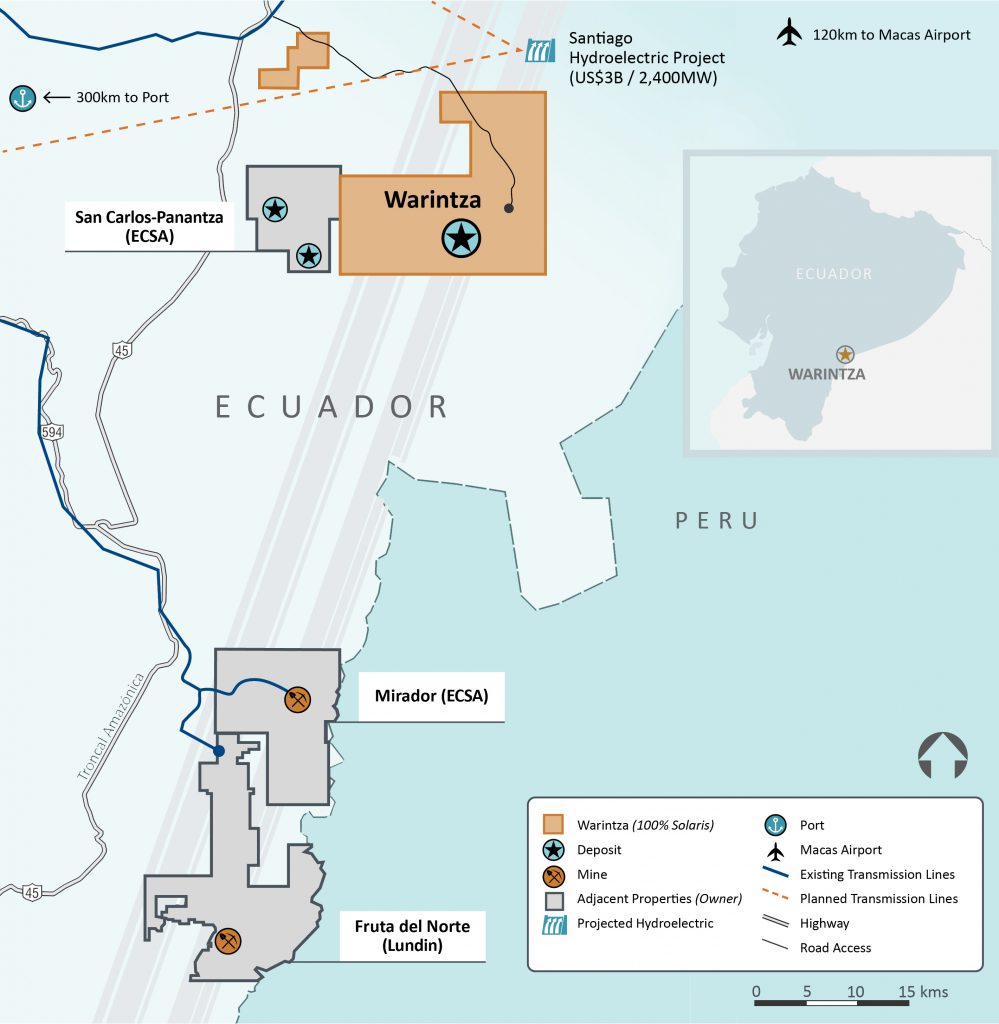
Solaris Resources (TSX:SLS) is preparing for a significant update to its mineral resource estimate for its flagship Warintza Project in southeastern Ecuador. The announcement, made in early January, comes in the middle of an ongoing drilling program and broader developments aimed at advancing the project towards potential development. What’s next for the project, and what are investors waiting for in 2024?
Mineral Resource Estimate Update in Sight
Investors and stakeholders are now waiting for the updated mineral resource estimate, expected in late Q2 2024. This revision will leverage nearly double the drilling data compared to the previous estimate, potentially leading to substantial growth in resource size and grade. The focus areas include Warintza Central, East, and Southeast, where drilling has targeted resource expansion and infill drilling.
A key aspect of the update is the incorporation of a “common pit shell,” which considers the economic viability of extracting all resources within a defined open pit. This approach provides a more realistic picture of the potentially mineable portion of the deposit and is will be critical for future development planning.
Active Drilling Campaign
Solaris is currently executing an ambitious drilling program for 2024, utilizing six drill rigs. This program serves a dual purpose:
- Resource expansion and infill drilling: This component directly supports the upcoming mineral resource estimate update by gathering additional data to refine geological understanding and resource definition.
- Exploration beyond the current resource: Drilling extends outwards from known zones, targeting areas with promising indications of copper mineralization. This proactive approach aims to identify new zones that could contribute to further resource growth in the future.
Beyond Warintza Central, exploration efforts are ongoing in other prospective areas within the project’s broader footprint. These regional activities add another layer to the ongoing exploration story at Warintza.
NYSE American Listing and Financial Backing Signal Confidence
In another significant development, Solaris announced plans to list its common shares on the NYSE American stock exchange. This move is expected to broaden the company’s investor base, particularly attracting interest from the U.S. market.
Financially, Solaris secured funding for its 2024 and 2025 exploration and development programs, ensuring continued momentum at Warintza. This financial backing highlights the company’s commitment to advancing the project and realizing its full potential.
The company’s progress at the Warintza Project received a significant boost in January 2024 with a strategic investment of $130 million from Zijin Mining Group Co., Ltd., a major Chinese mining company. This financing agreement provides crucial capital for ongoing exploration and development activities and represents a strong vote of confidence in the project’s potential.
Under the terms of the deal, Zijin acquired approximately 28.5 million common shares of Solaris at a subscription price of $4.55 per share, representing a 14% premium to the market price at the time. This translates to an ownership stake of roughly 15% for Zijin, granting them a seat on the Solaris board of directors.
The importance of this financing is threefold:
- Financial Security: The $130 million injection directly supports the company’s ambitious plans for 2024 and 2025, including the ongoing drilling program, resource estimation update, and potential future studies. This financial security allows Solaris to focus on advancing the project without immediate funding concerns.
- Strategic Partnership: Zijin’s expertise in developing large-scale copper projects offers valuable insights and potential collaboration opportunities for Solaris. This partnership could prove crucial in navigating the complexities of future development stages.
- Market Validation: The significant investment from a major player like Zijin serves as a strong validation of Warintza’s potential. This positive endorsement could attract further interest from investors and stakeholders, broadening the project’s support base.
Overall, the Zijin financing deal represents a critical milestone for Solaris and the Warintza Project and secures the necessary resources for continued progress.
The Warintza Project also holds the potential to bring significant benefits to Ecuador. Responsible development post-exploration could create many more jobs, stimulate the local economy, and generate tax revenue for the government. Solaris has continued to emphasize its commitment to operating in a sustainable and responsible manner, minimizing environmental impact and engaging with local communities.
Looking Ahead: Milestones and Continued Progress Expectations
The release of the updated mineral resource estimate in late Q2 2024 stands as a major milestone for the Warintza Project. This event will provide valuable insights into the project’s size, grade, and economic potential. Depending on the results, further studies such as preliminary economic assessments or feasibility studies could follow, outlining a potential path towards development.
Solaris remains focused on advancing the Warintza Project through ongoing exploration, resource definition, and potential future development activities. With a significant update on the horizon, active drilling underway, and a secured financial position, the world is watching for the next news update.
The above references an opinion and is for information purposes only. It is not intended to be investment advice. Seek a licensed professional for investment advice. The author is not an insider or shareholder of any of the companies mentioned above.
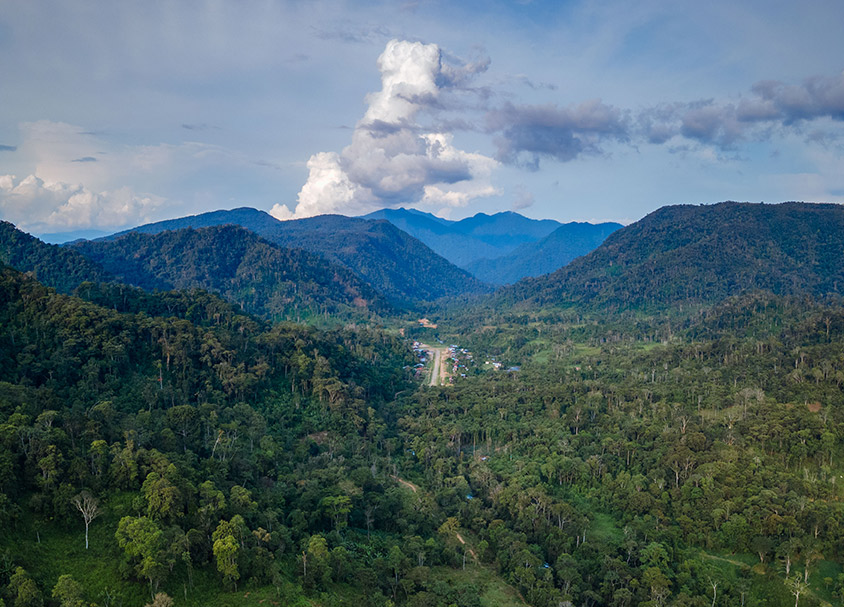
Solaris Resources (TSX:SLS) (OTCQB:SLSSF) has launched an extensive 2024 drilling and exploration program at its Warintza copper-gold project in southeastern Ecuador, aiming to substantially increase the current mineral resource estimate, make additional new discoveries, and advance infrastructure and engineering studies to further derisk what it hopes will become Ecuador’s next major mining operation.
With six drill rigs slated to be spinning by month’s end, Solaris is wasting no time following up on the successes of last year’s drilling efforts which outlined wide zones of high-grade mineralization over a 5km strike. The priority targets are the open-ended higher grade core at Warintza Central, extending the strike length and depth at the Warintza East discovery, and delineating an initial resource at the Warintza Southeast discovery made last fall.
An updated mineral resource estimate incorporating almost twice the results of the previous estimate is expected by late Q2. The additional data, especially from East and Southeast, could substantially increase the overall resource scale and grade. Warintza’s position among the ranks of major global copper projects may soon be cemented if this is the case.
But Solaris isn’t resting on this plan, with plans to keep drilling through the updated resource estimate and an aim of completing at least 30,000 additional meters focusing on further growth opportunities by yearend 2024. This includes tightening the drill pattern in some areas with room for optimization, as well as collecting data for preliminary metallurgical, geotechnical and hydrological studies to support future scoping and feasibility studies.
Systematic Regional Exploration Underway to Make Next Big Discovery
On a parallel track beyond the main Warintza deposits, field crews have mobilized to several earlier-stage regional targets with hopes of making Solaris’ next big porphyry discovery elsewhere on its large concession package outside of Warintza Central. Initial soil sampling and mapping programs over the past two years have revealed a number of intriguing copper-molybdenum anomalies that could indicate the presence of additional blind porphyries underlying the sandstone cover prevalent in the basin.
The immediate focus is on the Mateo prospect, where recent sampling outlined a sizable 3km x 1.4km copper-in-soils anomaly coincident with sandstone outcrops. Further infill soil sampling and possibly some initial geophysical surveys are planned over the coming months to refine the targets for an eventual maiden drill campaign later this year or early 2025. Several other early-stage regional targets are also on the agenda for Solaris’ exploration team.
Well-Funded for Full Campaign
With a recent $130 million strategic investment from China’s Zijin Mining Group now in hand, Solaris is well-funded to potentially ramp up and accelerate its plans over the next two years. In fact, beyond the six rigs currently operating, the company has targets to get as many as ten rigs spinning by the end of 2024 to systematically test the full breadth of what it has now in its crosshairs – a district-scale opportunity centered around Warintza but extending across its vast concession holdings in Ecuador.
Zijin identified world-class potential after taking a 15% stake in Solaris Resources, and, in addition to providing critical capital, Zijin also brings substantial technical expertise and experience to the table as one of China’s preeminent mining firms operating globally.
With renewed financial backing and drills now turning, Solaris Resources is intent on methodically unlocking the full promise of its Ecuadorian property package in 2024. The company’s near-term resource growth drilling, regional exploration campaigns, infrastructure studies, and new high-profile partnership with Zijin Mining set the stage for what could prove a potentially company-making year. Investors can likely expect a steady stream of news flow over the coming year, and further updates to this copper growth story.
The above references an opinion and is for information purposes only. It is not intended to be investment advice. Seek a licensed professional for investment advice. The author is not an insider or shareholder of any of the companies mentioned above.
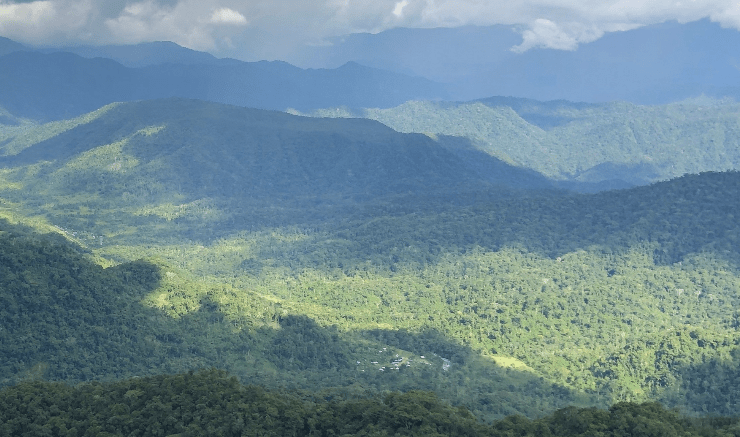
Solaris Resources (TSX:SLS) (OTCQB:SLSSF) has announced the start of its 2024 drilling program at the Warintza copper-gold project in southeastern Ecuador. The company plans to have six drill rigs operating by the end of February as part of an aggressive exploration and resource expansion campaign this year.
The first drill rig has begun turning at the Warintza East zone, with a goal of significantly increasing the project’s mineral resource estimate. An updated estimate is expected in late Q2 2024, incorporating nearly double the previous meterage. Solaris aims to demonstrate major growth potential at the Warintza Central, East and Southeast zones within a common open pit shell.
Drilling will continue beyond the updated resource estimate, with a focus on further expanding mineralization and infill drilling covering at least 30 square kilometres. Additional permitted platform locations will enable optimized drill hole patterns. Some holes will serve the dual purpose of collecting data for metallurgical, geotechnical, and hydrogeological studies to support mine design.
Meanwhile, field exploration programs are underway to define new drill targets at prospective areas around the Warintza project. This includes follow-up sampling at the Mateo prospect, where previous soil sampling outlined a 3-kilometre by 1.4-kilometre copper-molybdenum anomaly surrounding a sandstone unit that may overlay a buried porphyry system.
On the financing side, Solaris has closed US$40 million in funding, including US$10 million in equity financing and the first US$30 million tranche of its previously announced US$80 million offtake debt facility. This financing package will support baseline exploration and development programs in 2024 and 2025.
Upon closing a recently announced C$130 million strategic investment by Zijin Mining Group Co. Ltd., Solaris plans to aggressively expand its drilling and exploration activities in 2024 and 2025. The company will aim to have ten drill rigs in operation and significantly increase regional exploration. Further details on infrastructure development and mine planning will follow in the coming months.
The above references an opinion and is for information purposes only. It is not intended to be investment advice. Seek a licensed professional for investment advice. The author is not an insider or shareholder of any of the companies mentioned above.
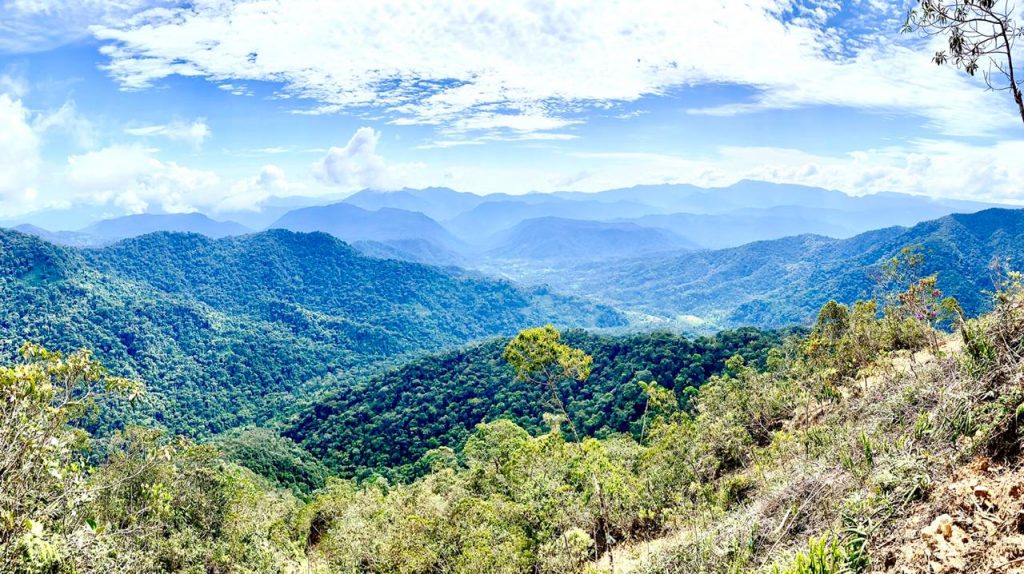
Solaris Resources (TSX:SLS) has announced that it has entered into a subscription agreement with an affiliate of China’s Zijin Mining Group Co., Ltd. for a private placement of Solaris common shares. Under the terms of the agreement, Zijin will invest approximately $130 million into Solaris through the purchase of 28,481,289 common shares at a price of $4.55 per share. The deal values the shares at a 14% premium over Solaris’ closing share price of $3.99 on the Toronto Stock Exchange on January 10.
Mr. Daniel Earle, President & CEO, commented in a press release: “Zijin is one of the most successful major mining companies in the world. It boasts an unprecedented track record of growth from its origins operating a single gold mine in the early 1990s to becoming a global major operating in 16 countries with total revenue far in excess of its gold mining peers, including excepted top five-ranked copper production in 2024. We take tremendous pride in announcing our new strategic partnership with Zijin and look forward to leveraging its deep technical expertise and financial capacity in delivering the full potential of one of the last remaining greenfield copper districts at low elevation and adjacent to infrastructure available globally.”
Upon completion of the transaction, Zijin will own a 15% equity stake in Solaris on a fully diluted basis. The private placement proceeds will be used by Solaris to advance development of its Warintza copper-gold project in Ecuador and for general working capital purposes.
The share subscription agreement allows Zijin to nominate one member to Solaris’ board of directors as long as it maintains ownership of at least 5% of outstanding shares. Zijin will also have participation rights to buy additional Solaris shares to maintain its proportional holding.
Closing of the private placement remains subject to customary conditions and regulatory approvals, including from the Toronto Stock Exchange, Investment Canada, and Chinese authorities. Solaris expects the transaction to close by the end of Q1 2024. The newly issued shares will be subject to a statutory hold period.
Solaris was advised on the private placement by China International Capital Corporation Hong Kong Securities Limited and Minmetals Securities Co., Ltd. An early warning report will be filed by Zijin in accordance with Canadian disclosure rules.
The above references an opinion and is for information purposes only. It is not intended to be investment advice. Seek a licensed professional for investment advice. The author is not an insider or shareholder of any of the companies mentioned above.
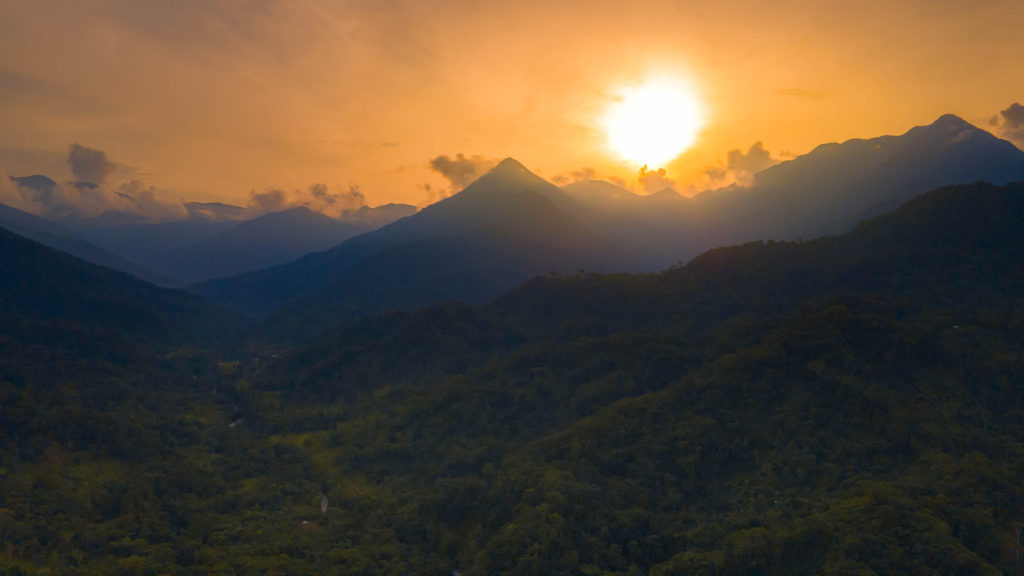
Solaris Resources (TSX:SLS) (OTCQB:SLSSF) has made a series of new announcements for 2024 that set its plans for drilling, a new listing, and further progress at the Warintza Project. The company intends to list on the NYSE American Stock Exchange to give U.S. retail and institutional investors interested in Solaris expanded access to the stock. Solaris Resources will file a Form 40-F Registration Statement with the U.S. Securities and Exchange Commission prior to NYSE American listing. Subject to approval of the listing application and meeting all requirements, the company expects its shares to start trading on NYSE American in the first half of 2024.
In the second quarter of 2024, the company plans to release an updated mineral resource estimate for Warintza. The new estimate is expected to nearly double the drill meterage included compared to the previous estimate. It is anticipated to show major growth by expanding the deposit from extensional drilling at Warintza Central and Warintza East, and incorporating the recent Warintza Southeast discovery within a shared pit shell.
Solaris Resources also plans to commence its third phase of drilling at Warintza soon. This will include extensional drilling at Warintza East and Warintza Southeast where the deposits remain open. It also includes approximately 30 kilometres of infill drilling to further define mineral resources within the pit shell ahead of studies. Some holes will be extended to also provide technical data for mine design and planning.
Additional 2024 plans for Warintza exploration include a follow-up on the recent Patrimonio discovery. Initial reconnaissance holes there intersected 144 meters of 0.50% CuEq and 148 meters of 0.52% CuEq. Notably, these intercepts contained skarn mineralization whose source has not yet been found. Vectors for the mineralization trend northwest over 1 kilometer untested toward Warintza West, while the strongest soil anomalies at Patrimonio remain untested in the south.
The company also intends to revisit the El Trinche area forming Warintza Central’s southern low-grade margin. A near-surface high-grade intercept within a broader low-grade interval was interpreted as a dike, with orientations and alteration suggesting a potentially deeper, higher-grade system not yet located.
For regional exploration, fieldwork is planned to define drill targets at prospective areas from the program so far. These include Medio Camino, Clemente, Mateo, and Caya.
The company expects to finalize and submit the Environmental Impact Assessment for regulatory approval in the second half of 2024, after over three years of baseline monitoring and data collection. Follow-up programs for metallurgy, geotechnical and hydrogeological drilling will proceed under recently appointed COO Javier Toro through year-end, along with infrastructure, water, power and other studies.
The above references an opinion and is for information purposes only. It is not intended to be investment advice. Seek a licensed professional for investment advice. The author is not an insider or shareholder of any of the companies mentioned above.

Solaris Resources (TSX:SLS) (OTCQB:SLSSF) has announced finalized agreements with Orion Mine Finance Management LP for a funding package totaling US$80 million, aimed at supporting the development of the Warintza Project in Ecuador through studies and permitting.
The financing package is diverse, consisting of several components. Firstly, there is a senior secured debt facility amounting to US$60 million, known as the Senior Loan. This loan has a term of four years and notably does not include any hedging conditions. The drawdown of this loan will occur in three stages, each linked to specific milestones. The initial tranche of US$30 million is expected to close soon, followed by a US$15 million drawdown contingent on the submission of an Environmental Impact Assessment (EIA), and another US$15 million upon the publication of a Pre-Feasibility Study (PFS) for the Warintza Project.
Additionally, the agreement includes an offtake arrangement with a buyback provision, under which Orion will purchase 20% of the metals produced from the Warintza Project for 20 years starting from the commencement of production. This offtake is subject to a buyback clause in certain change of control scenarios.
Mr. Richard Warke, Executive Chairman, commented in a press release: “This financing package funds the advancement of Warintza through studies and permitting, leading to a substantially de-risked Project. This is a very special asset that has the potential to create tremendous long-term value for all stakeholders as it unlocks one of the last remaining major greenfield copper districts at low elevation and adjacent to infrastructure in the entire mining industry.”
The funding package also incorporates an equity component. Orion has agreed to subscribe to US$10 million of Solaris’ common shares at a price of C$5.11 each, which is the closing price as of November 6, 2023, prior to the initial announcement. There is also a commitment for an additional US$10 million in equity financing, which Solaris can call upon later under specific conditions.
The net proceeds from this financing will be utilized to advance the Warintza Project. This includes funding for exploration and infill drilling, technical and environmental programs and studies, permitting processes, community social relations programs, and general and working capital needs.
Solaris Resources is an exploration company with a focus on developing its portfolio of copper and gold assets in the Americas. The Warintza Project, located in Ecuador, is its flagship project and is recognized as a large-scale resource with significant potential for expansion and discovery.
The above references an opinion and is for information purposes only. It is not intended to be investment advice. Seek a licensed professional for investment advice. The author is not an insider or shareholder of any of the companies mentioned above.
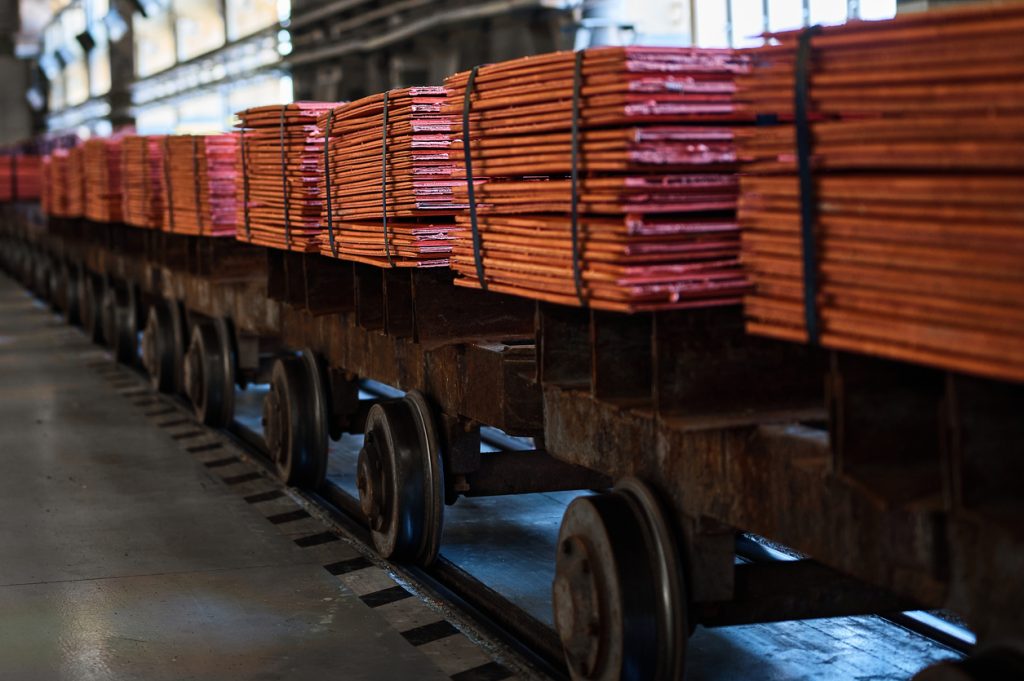
The global shift towards renewable energy, marked by a growing reliance on wind power and electric vehicles (EVs), hinges significantly on copper availability. However, a slump in the copper market presents a complex scenario. The current situation is characterized by a decrease in copper prices due to reduced demand from manufacturers and builders, who incorporate the metal in various applications, from electrical wiring to roofing. This drop in demand has led to a surplus, keeping copper prices low and thereby discouraging necessary investments for future supply.
Junior Copper Mining Companies and Solaris Resources
Junior mining companies like Solaris Resources (TSX:SLS) (OTCQB:SLSSF) are part of the solution in addressing the copper supply issue for the green energy transition. Their focus on discovering and advancing new copper resources, as exemplified by the Warintza Project in Ecuador, is key to meeting future demands. Recent expansions in the Warintza East discovery demonstrate the significant potential of such projects. On top of this, strategic partnerships, like Solaris’ appointment of China International Capital Corporation Limited (CICC) as a financial advisor, highlight the growing global interest in new copper resources, with the company considering investor interest in the project and company.
Mining Challenges and Investment Hesitance
The heart of the issue lies in the mining sector. To meet the burgeoning demands of renewable energy transition, mining firms are required to extract vast amounts of new copper in the coming years. Yet, the current market conditions are causing hesitance. Major mining companies like Freeport-McMoRan and Glencore have expressed their intentions to delay new mining projects until copper prices rise. This cautious approach stems from the high capital costs of developing new mines and the desire for profitability over long-term operations.
The Demand-Supply Mismatch and Future Projections
The mismatch between current supply and future demand is setting the stage for a potential market crunch, potentially leading to price spikes and supply shortfalls. Goldman Sachs metals strategist Nicholas Snowdon predicts an inevitable phase of extreme scarcity in the copper market. Adding to the complexity, factors such as a weaker pandemic recovery in China, the world’s largest copper consumer, and the resolution of supply disruptions in major producers like Chile and Peru contribute to the current market dynamics.
Renewable Energy’s Growing Copper Appetite
Despite these challenges, the demand for copper in the green energy sector is on the rise. Copper is essential for the construction of wind farms, solar arrays, and the manufacturing of batteries and power lines. However, this sector still accounts for less than 10% of global copper usage. China’s significant investments in renewable energy and EVs are driving up its copper consumption, with an increase in solar-related copper demand.
As the world moves towards a greener future, copper supplies become increasingly important, but the current market slump poses both a challenge and an opportunity. On one hand, it discourages immediate investments in new mining projects; on the other, it highlights the need for strategic planning and innovation to ensure a steady supply of copper for the burgeoning renewable energy sector.
The above references an opinion and is for information purposes only. It is not intended to be investment advice. Seek a licensed professional for investment advice. The author is not an insider or shareholder of any of the companies mentioned above.
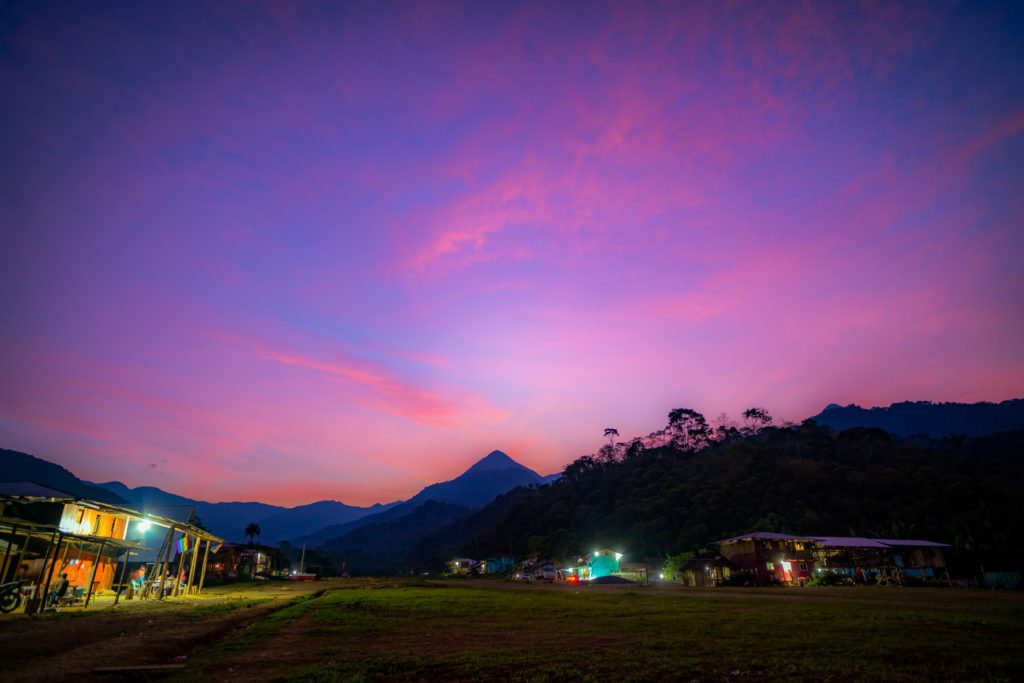
Solaris Resources (TSX:SLS) has announced the addition of Mr. Javier Toro to their executive team as the Chief Operating Officer (COO), starting January 1st, 2023. Mr. Toro will take the reins of the Warintza Project, which is situated in the southeastern region of Ecuador. In a parallel development, the company has disclosed that it is close to securing significant financing, citing advanced negotiations over an offtake financing package amounting to US$80 million. This funding is intended to support the necessary studies and permitting processes for the Warintza Project.
Mr. Toro, an industry veteran, brings over a quarter-century of experience as a Mining Engineer. His illustrious career is highlighted by his expertise in steering the design and execution of engineering and economic assessments for notable open-pit copper ventures across the Americas. His previous position was with Hudbay Minerals, where he ascended to the role of Vice President, Mining Technical Services, after holding a series of incrementally senior positions. His tenure at Hudbay was marked by his oversight of several crucial technical reports and economic assessments for significant mining projects, including the Constancia mine in Peru and Copper World mine in the United States.
Before his engagement with Hudbay Minerals, Mr. Toro’s expertise was honed at Golder Associates Peru S.A., where he was instrumental in delivering mining designs and project cost evaluations. His foundational roles in various management capacities have been focused on geotechnical, hydrogeological, and mine planning operations. Mr. Toro’s academic credentials are equally impressive, with a Bachelor’s degree in Mining Engineering with Honors from the National University of Engineering in Lima, Peru.
The financial package, which Solaris is nearing an agreement on, must meet several conditions before the closing of the US$80 million financing deal. These include finalizing definitive documentation, and it’s been noted that there’s no certainty yet that this consensus will be reached or that the financing will ultimately be confirmed.
In related news, on September 12, 2023, Solaris provided an update on its exploration, reporting copper equivalent grades from its initial two reconnaissance drill holes at the Patrimonio site. Discovered in June 2023, Patrimonio is a new copper deposit located roughly half a kilometre southwest of Warintza Central. The drilling outcomes not only established the presence of significant copper mineralization but also uncovered a distinctive skarn-style mineralization within carbonate-rich volcanic sequences. The origin of this mineralization remains unidentified.
The two drill holes, SLSP-01 and SLSP-02, delivered copper equivalent grades from the surface, indicating two distinct phases of mineralization. The upper portions of the drill holes showed evidence of strong skarn alteration along with potassic alteration, with the latter stages dominated by a dacite porphyry showing quartz-sericite-pyrite alteration. The insights drawn from the drill core analysis point to a complex geological formation and suggest a different origin for the skarn mineralization compared to the later-stage alterations. This discovery hints at the possibility of uncovering additional skarn mineralization and potentially its source within the larger Patrimonio anomaly.
The company is actively engaged in detailed mapping and sampling efforts aimed at refining its understanding of this mineral system. These efforts include establishing the patterns of skarn presence and alteration zonation to prioritize further drilling sites. The mineralization detected so far remains open in multiple directions, adjacent to a less mineralized quartz-monzodiorite porphyry. The geological footprint of Patrimonio is outlined by an extensive soil anomaly pattern, with copper and molybdenum anomalies complementing each other and suggesting a strong mineral presence, which is further confirmed by the outcropping porphyry system showcasing extensive alteration and veining on the western periphery of an interpreted major fault line near Warintza Central.
The above references an opinion and is for information purposes only. It is not intended to be investment advice. Seek a licensed professional for investment advice. The author is not an insider or shareholder of any of the companies mentioned above.
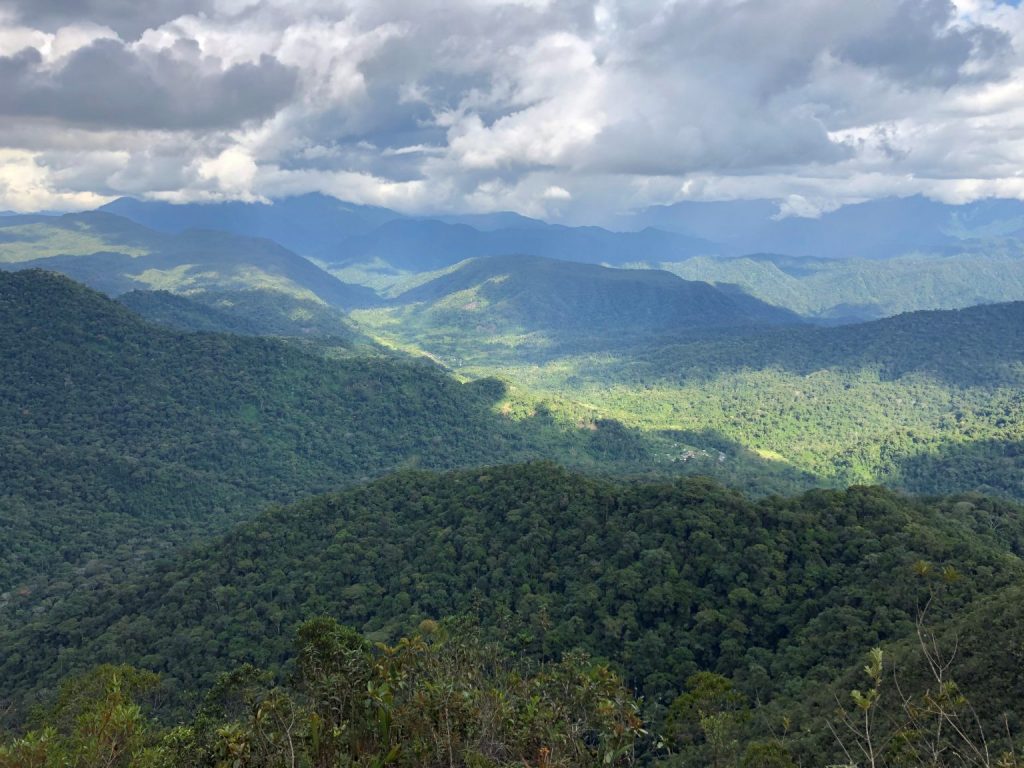
The recent election in Ecuador, held on October 15, 2023, was a major moment not just in the country’s politics but also for its economic health, particularly the mining sector. Daniel Noboa, the newly elected president, is the son of a well-known banana magnate and his win is widely regarded as a favourable development for the mining industry. He defeated his opponent in a political climate that had investors, both domestic and international, keeping a watchful eye on the possible effects on extractive industries in the country.
Focus on Extractivism in the New Administration
The Noboa administration is anticipated to lay a strong emphasis on extractivism during the first 100 days in office. Extractivism is an economic model based on the principle that the exploitation of natural resources like oil, gas, and minerals is crucial for national development. Ecuador is a nation rich in these resources, boasting some of Latin America’s most significant deposits of gold, silver, and copper. Noboa’s approach aligns well with this wealth, fostering a setting that could fuel economic growth through natural resource extraction, and he has placed this at the forefront of his plan to close the fiscal deficit in the country.
From 2018 to 2020, Canada spearheaded foreign direct investment (FDI) in Ecuador, with a focus on large-scale mining projects. Mining is one of the key industries in Ecuador, and this trend of foreign investment is likely to continue, perhaps even more so under Noboa’s pro-business administration. His win comes at a critical juncture when four major mining projects are slated to begin production by the end of 2025, initially set into motion during the term of his predecessor, Guillermo Lasso.
Though there is plenty of optimism, it’s important to note that the mining sector in Ecuador is not without its hurdles. Opposition from local communities, coupled with environmental concerns and stringent regulations, present some challenges. Despite these obstacles, the government appears committed to fostering growth in the sector and is actively working to attract more foreign investment.
The Warintza Project and Solaris Resources
One project that stands to gain from the Noboa administration is the Warintza Project, owned by Solaris Resources (TSX:SLS) (OTCQB:SLSSF). The company has signed an Investment Protection Agreement with the Ecuadorian Government, establishing a stable regulatory environment for the project. This includes assurances regarding mining regulations, security of title, and substantial new tax incentives aimed at accelerating development. The project provides a case for how a supportive administrative backdrop can aid individual initiatives in the mining sector.
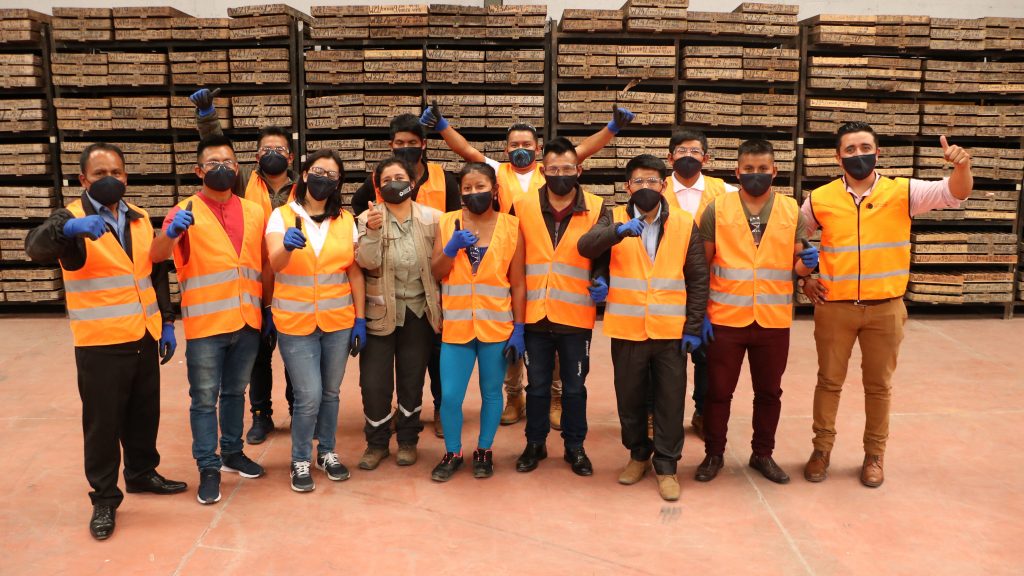
Solaris Resources also recently made headlines for appointing China International Capital Corporation (CICC) as its financial advisor for its operations in China. CICC is a leading global investment bank, with its headquarters in Beijing and a strong foothold in the Chinese market, especially in matters related to mining sector transactions. The appointment follows multiple acquisition proposals Solaris has received for the Warintza Project, underlining the increasing interest in both the project and Ecuador’s mining sector more broadly.
Recent public commentary and analysts suggest that Daniel Noboa’s election is likely to have a positive influence on the mining industry in Ecuador. His commitment to a pro-business stance provides a favourable climate for both domestic and foreign investment. While challenges still exist, particularly concerning environmental regulations and community opposition, the path ahead looks promising for projects like Warintza. Ultimately, a Noboa administration could make Ecuador an increasingly attractive option for foreign investors, potentially opening the door for more significant international partnerships and investments.
The above references an opinion and is for information purposes only. It is not intended to be investment advice. Seek a licensed professional for investment advice. The author is not an insider or shareholder of any of the companies mentioned above.

The copper industry is facing challenges ranging from global shortages to price volatility. Copper’s role as a barometer for the global economy is due to the fact that it is required in everything from electrical equipment to industrial machinery. However, this widespread use has contributed to a shortage that shows no signs of abating until at least 2030. Demand continues to climb, outstripping a supply that is already stretched thin, and this has implications for a host of industries reliant on copper.
One of the immediate challenges facing the industry is the short-term volatility of copper prices. Copper prices began the year on a strong note, boosted by a weakening dollar and a surge in demand from a reopening Chinese economy. But alongside this demand, supply issues have also cropped up. Peru, accounting for 10% of the world’s copper supply, has been mired in protests, affecting its mining capabilities. While these short-term challenges have immediate repercussions, analysts are pointing towards a more seismic shift—a generational change in copper prices. This shift is concerning as mining companies, which have enjoyed an upswing in valuations due to the price rise, might find these gains unsustainable in the long term.
With supply unable to meet demand, alternatives are desperately needed. Higher prices could incentivize companies to explore new mining projects, extract from lower-grade resources, and even adopt new technologies to extend the lives of their existing projects. Recycling could also offer some relief, becoming a more appealing option as copper becomes pricier. Some end-users may also resort to using other metals like aluminum to replace copper, or they may seek ways to use less copper in their operations. While these alternatives might offer short-term solutions, they won’t solve it.
The undeniable reality is that many existing copper mines are running out of ore. Investments into new mines have been sluggish, lacking the billions of dollars needed to address the growing deficit. A new copper mine takes around 10 years to become operational, and decisions made today will have repercussions a decade down the line. This long lead time makes the capital commitment even more urgent, yet the industry is still lagging in this regard. The last major investment cycle was in the 1970s, and while there has been a recent uptick in exploration spending, the new discoveries are rare and insufficient to compensate for the decline in ore grades from older, larger mines. Global mined copper production is projected to decline sharply, creating a 15Mt supply shortfall by 2034. By that time, over 200 copper mines are expected to run out of ore. Although there are possible projects in the pipeline, it’s uncertain how many will actually become operational.
Ultimately, a long-term copper shortage still appears inevitable. Supported by growing demand, especially from the electric vehicle and renewable energy sectors, and compounded by supply chain disruptions and dwindling Latin American supplies, this shortage will likely become a defining issue for the industry. Major global commodity miners are investing in new projects, signalling a bullish outlook, but the shortfall is a looming problem that demands immediate action.
Tackling these challenges will require not just higher investments and quicker decision-making but also an industry-wide recognition of the severe supply-demand imbalance. Some solutions may be beginning to appear in the form of new projects and increased interest from investors. One example is Solaris Resources’ (TSX:SLS) Warintza Project in Ecuador. Solaris Resources recently announced the appointment of China International Capital Corporation (CICC) as its financial advisor for Chinese operations. CICC is a Beijing-based global investment bank with a strong foothold in the Chinese mining sector, particularly in mergers and acquisitions. This appointment comes in the wake of multiple acquisition proposals Solaris Resources has received for the Warintza Project.
Mr. Richard Warke, Executive Chairman, commented in a press release: “Warintza is a very special asset that has the potential to create tremendous long-term value for all stakeholders by unlocking one of the last major greenfield districts at low elevation and adjacent to infrastructure in the global copper industry. The Company has a rich opportunity to significantly grow the Project while advancing it through technical studies and permitting with financing consistent with my commitment to minimize shareholder dilution.”
The Warintza Project drawing attention and the appointment of CICC as the financial advisor are part of some broader trends across the copper mining industry. Chinese investors are increasingly looking at Ecuador’s mining sector with growing interest. Companies engaged in exploration projects in the region are fielding more calls and inquiries about potential collaborations or acquisitions. This uptick in interest can be seen as a reflection of the growing recognition that more copper projects are needed to address the looming global shortage and a path forward for miners.
The above references an opinion and is for information purposes only. It is not intended to be investment advice. Seek a licensed professional for investment advice. The author is not an insider or shareholder of any of the companies mentioned above.
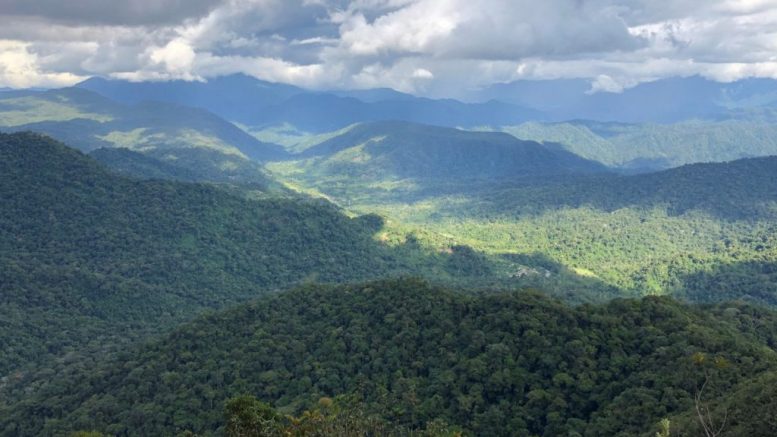
Solaris Resources (TSX:SLS) (OTCQB:SLSSF) has announced the appointment of China International Capital Corporation Limited (CICC) as its financial advisor for Chinese operations. CICC is a global investment bank headquartered in Beijing, with more than 200 branches across China and additional offices in Hong Kong and other international locations. The firm holds a strong position in the Chinese M&A market, particularly in transactions related to the mining sector. This move comes after Solaris Resources has received multiple acquisition proposals for its Warintza Project in Ecuador.
Mr. Richard Warke, Executive Chairman, commented in a press release: “Warintza is a very special asset that has the potential to create tremendous long-term value for all stakeholders by unlocking one of the last major greenfield districts at low elevation and adjacent to infrastructure in the global copper industry. The Company has a rich opportunity to significantly grow the Project while advancing it through technical studies and permitting with financing consistent with my commitment to minimize shareholder dilution.”
CICC will be responsible for evaluating the viability of these proposals, among other strategic considerations. The appointment is particularly timely given the current surge of interest from Chinese investors in Ecuador, as reflected in recent news reports. Companies engaged in exploration projects in the country, like Solaris, are increasingly receiving calls and inquiries about potential collaborations or acquisitions.
The above references an opinion and is for information purposes only. It is not intended to be investment advice. Seek a licensed professional for investment advice. The author is not an insider or shareholder of any of the companies mentioned above.
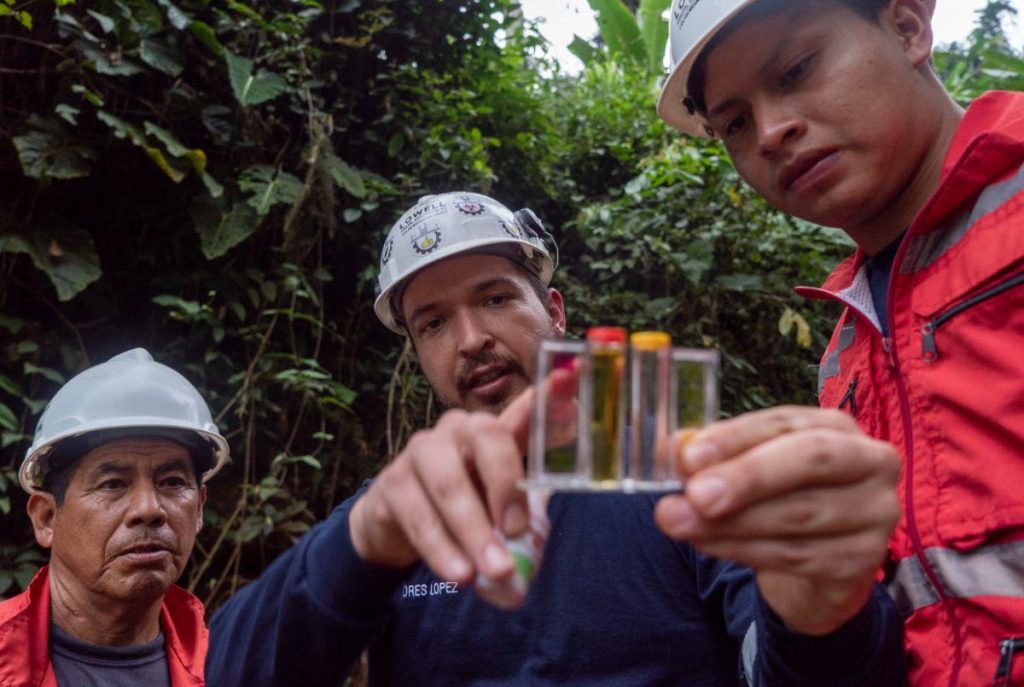
As part of its efforts in sustainability and education with communities in Ecuador, Solaris Resources (TSX:SLS) (OTCQB:SLSSF) subsidiary Lowell Mineral Exploration Ecuador S.A., in January of 2023, partnered with the Private Technical University of Loja (UTPL) to launch an online education program called “Understanding Mining.” The program is designed to educate people about the mining industry in Ecuador. The course is free of charge and specifically targets residents of Morona Santiago, where the Warintza Project is located, as well as any other Ecuadorians interested in learning about the sector.
Upon completing the course, participants will receive a certificate from UTPL. The only prerequisite for taking part in this educational program is access to a device with an internet connection, such as a computer, tablet, or smartphone. The course material is accessible via UTPL’s virtual platform and covers six modules. These modules include an Introduction to the Mining Industry, Geology and Distribution of Mineral Deposits, Phases of Mining, Economic and Social Development Around Mining, the Legal Framework of Mining in Ecuador, and a section on Solaris Resources’ Warintza Project.
To enroll, interested individuals can visit UTPL’s continuing education website and follow a simple registration process that includes filling out a form. Solaris Resources, which operates the Warintza Project in the province of Morona Santiago in south-eastern Ecuador, aims to promote inclusion and access to information through its “Warintza Education” program. This initiative is in line with the United Nations Sustainable Development Goal #4, which emphasizes inclusive and quality education for all.
The above references an opinion and is for information purposes only. It is not intended to be investment advice. Seek a licensed professional for investment advice. The author is not an insider or shareholder of any of the companies mentioned above.

The mining industry, known for its energy-intensive operations, is increasingly focusing on reducing its greenhouse gas (GHG) emissions. This shift comes in response to mounting pressure from various stakeholders, including investors, customers, and regulators.
Several mining companies have already initiated significant steps toward emission reduction. For example, Lowell Mineral Exploration Ecuador S.A., a subsidiary of Solaris Resources (TSX:SLS) (OTQB:SLSSF)., has been awarded a Level 1 “Carbon Footprint Quantification Badge” by Ecuador’s Ministry of Environment, Water, and Ecological Transition (MAATE). The badge is part of the Ministry’s Zero Carbon Ecuador Program (PECC) and marks Lowell as the first mining company to join the initiative. José Dávalos, the Minister of Environment, Water, and Ecological Transition, noted the difficulty of accurately measuring a mining company’s carbon footprint and praised Lowell for setting an example of responsible mining in Ecuador. He encouraged other companies in various industries to adopt international environmental standards and go beyond what is legally required by Ecuadorian laws.
The PECC aims to help companies quantify, reduce, and neutralize their greenhouse gas (GHG) emissions through a transparent verification system. To earn the Carbon Footprint Quantification Badge, companies must measure and report their emissions, in line with specific guidelines. These guidelines include compliance with the NTE INEN-ISO 14064-1:2018-GHG PROTOCOL, Zero Carbon Ecuador Program PECC MAATE-2021-047 standards, and ISO standards.
Federico Velásquez, President of Solaris for Latin America, commented in a press release: “This milestone is the first step in the implementation of our carbon reduction strategy by quantifying our carbon footprint through an independent, verified entity in order to reduce our emissions and contribute to mitigating climate change. These concrete actions allow us to catalyze change and lead our industry towards a greener future and guarantee the rights of the communities involved in the Warintza Project. We are now actively working towards achieving the targets set for Level 2 of PECC carbon reduction where we not only implement actions to mitigate environmental impacts but also further safeguard natural resources for future generations.”
Solaris Resources, the parent company of Lowell, is exploring the Warintza Project in southeastern Ecuador’s Morona Santiago province. The company has a program called “Warintza Verde” through which it aligns with United Nations Sustainable Development Goal #13. This program commits the company to incorporate climate-friendly policies and strategies and to take active steps to reduce its carbon footprint.
Global giants in the industry are also setting ambitious targets. Rio Tinto aims to cut its Scope 1 and 2 emissions by 33% by 2030, focusing on renewable energy, energy efficiency, and electrification. Similarly, BHP has committed to reducing its operational emissions by at least 30% by 2030 through comparable means. Vale has even set goals for Scope 3 emissions, aiming for a 15% reduction by 2035, in addition to a 33% reduction in its Scope 1 and 2 emissions by 2030.
As mentioned, the most common approach is enhancing energy efficiency. By investing in new technologies and upgrading equipment, companies can achieve this goal. Simple changes, like opting for energy-efficient lighting, heating, and ventilation systems, can make a substantial difference. There is also a growing trend to reduce dependence on diesel fuel, a significant source of GHG emissions. Alternatives like renewable energy sources or battery-powered vehicles are being explored to replace diesel-powered machinery.
Switching to renewable energy is another avenue to curb emissions. Investments in solar and wind energy are on the rise within the mining sector. Utilizing these cleaner energy options not only lowers emissions but also diminishes the reliance on fossil fuels, a known contributor to GHG emissions.
Additionally, mining companies are beginning to extend their emission reduction efforts to their supply chain. By setting emissions targets for suppliers and offering support to meet these goals, the industry can create a more comprehensive approach to sustainability.
Investors are demanding these initiatives more frequently for several reasons. Firstly, tackling climate change is an ethical imperative. The growing recognition of climate change as a severe threat to both the environment and human society makes emission reduction efforts more critical. Second, sustainability is becoming a key competitive differentiator. Companies demonstrating a commitment to reducing their environmental impact are more appealing to customers, who are increasingly valuing sustainability. And of course, these initiatives often translate to reduced operational costs, primarily through savings in energy expenses, making them financially advantageous for the companies.
The mining industry is proactively taking steps to lessen its environmental footprint, mainly by focusing on energy efficiency, renewable energy adoption, and collaborative efforts with suppliers, for a new competitive edge that will take the industry into the future.
The above references an opinion and is for information purposes only. It is not intended to be investment advice. Seek a licensed professional for investment advice. The author is not an insider or shareholder of any of the companies mentioned above.
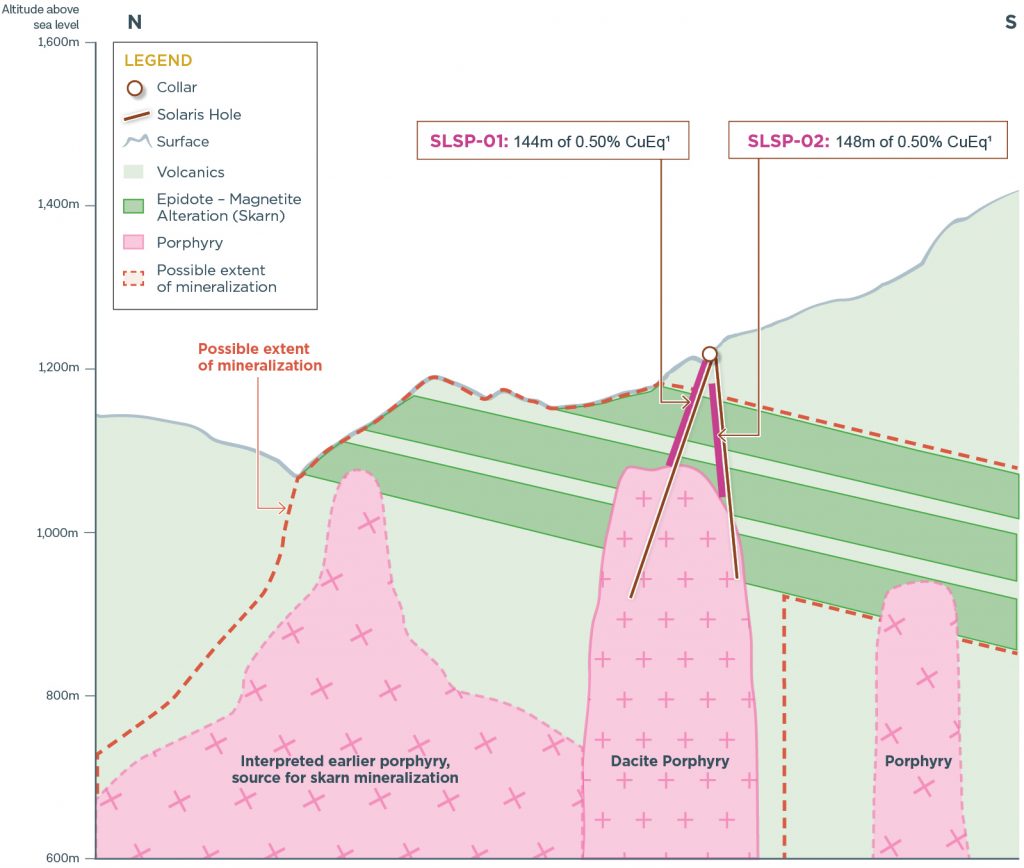
Solaris Resources (TSX:SLS) has reported assay results from its initial two reconnaissance drill holes at the Patrimonio target located within the Warintza Project in southeastern Ecuador. These results solidify the finding of a substantial new copper deposit southwest of Warintza Central.
The Patrimonio discovery was made in June 2023 during a mapping and sampling initiative in proximity to Warintza Central, specifically about 0.5 km to its southwest. These early drill holes have now confirmed the existence of this notable copper reserve. Furthermore, a unique skarn mineralization has been observed within volcanic sequences rich in carbonate. The source of this mineralization is still under investigation.
Details regarding the drilling specify that hole SLSP-01, drilled in a northwest direction, unveiled 50m of 0.75% CuEq¹ and 96m of 0.59% CuEq¹ within a larger span of 144m of 0.50% CuEq¹ from the surface. This was prior to its entry into a mildly mineralized dacite porphyry stock. On the other hand, hole SLSP-02, drilled westward from an identical platform, indicated 148m of 0.52% CuEq¹ inside a more expansive range of 276m of 0.40% CuEq¹ near the surface, culminating in the porphyry.
Two unique mineralization phases have been identified. The first is evident in the upper sections of the holes, showcasing potent epidote-magnetite (skarn) alterations and secondary biotite (potassic) alterations within a series of volcanic structures. The subsequent phase is linked with a later-developing dacite porphyry influenced by quartz-sericite-pyrite alteration which intersects the mineralization in the aforementioned volcanic segments.
Insights gathered from the drill core imply that the epidote-magnetite (skarn) mineralization has origins different from the dacite porphyry, suggesting a captivating possibility for unveiling more skarn mineralization or even its intrusive source within the Patrimonio anomaly.
Furthermore, the later dacite porphyry-influenced quartz-sericite-pyrite alteration possesses around 10% sulphides, primarily pyrite, surpassing chalcopyrite. This indicates potential for similar target settings in other porphyries within the Warintza cluster, where favourable sulphide layers associated with earlier alteration phases are dominated by chalcopyrite over pyrite.
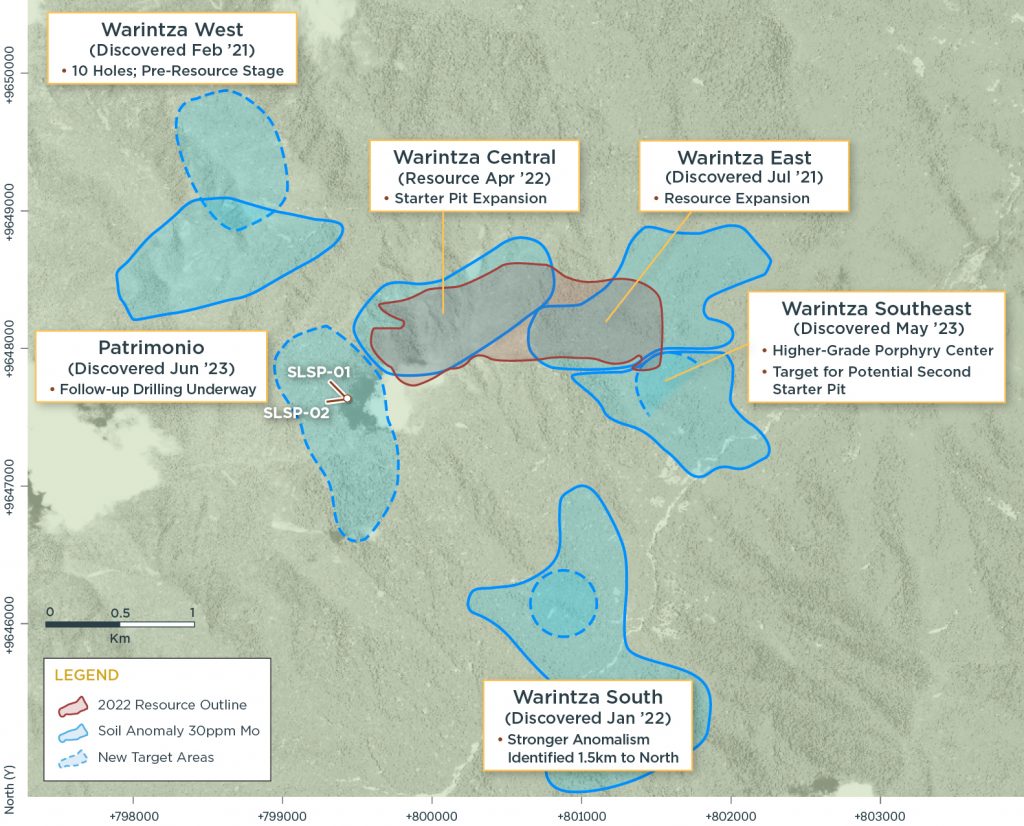
Current efforts are in place for meticulous mapping and sampling to understand this mineral system better and to determine directions for skarn and alteration layers. This will also assist in setting priorities for drill locations that are presently in the construction phase. The copper mineralization is still not fully explored towards the northwest, south, and west, while it touches a slightly mineralized quartz-monzodiorite porphyry on its northeast side.
Patrimonio is characterized by a north-south molybdenum soil anomaly that measures approximately 1.5km x 0.5km, surrounded by a copper soil anomaly extending towards the west. Here, outcropping porphyry shows noticeable alteration and veining, situated on the western flank of an assumed major north-south fault close to Warintza Central.
Highlights from the results are as follows:
Table 1 – Assay Results
| Hole ID | Date Reported | From (m) | To (m) | Interval (m) | Cu (%) | Mo (%) | Au (g/t) | CuEq¹ (%) |
| SLSP-01 | Sep 12, 2023 | 16 | 160 | 144 | 0.34 | 0.03 | 0.09 | 0.50 |
| Including | 16 | 112 | 96 | 0.43 | 0.03 | 0.11 | 0.59 | |
| Including | 62 | 112 | 50 | 0.58 | 0.03 | 0.11 | 0.75 | |
| SLSP-02 | 18 | 294 | 276 | 0.29 | 0.02 | 0.07 | 0.40 | |
| Including | 42 | 190 | 148 | 0.38 | 0.02 | 0.09 | 0.52 |
Notes to table: True widths of the mineralized zone are not known at this time.
Table 2 – Collar Location
| Hole ID | Easting | Northing | Elevation (m) |
Depth (m) |
Azimuth (degrees) | Dip (degrees) |
| SLSP-01 | 799430 | 9647634 | 1519 | 310 | 315 | -60 |
| SLSP-02 | 799430 | 9647634 | 1519 | 310 | 260 | -65 |
Notes to table: The coordinates are in WGS84 17S Datum.
Endnotes
- Copper-equivalence calculated as: CuEq (%) = Cu (%) + 4.0476 × Mo (%) + 0.487 × Au (g/t), utilizing metal prices of US$3.50/lb Cu, US$15.00/lb Mo, and US$1,500/oz Au, and assumes recoveries of 90% Cu, 85% Mo, and 70% Au based on preliminary metallurgical test work.
The above references an opinion and is for information purposes only. It is not intended to be investment advice. Seek a licensed professional for investment advice. The author is not an insider or shareholder of any of the companies mentioned above.
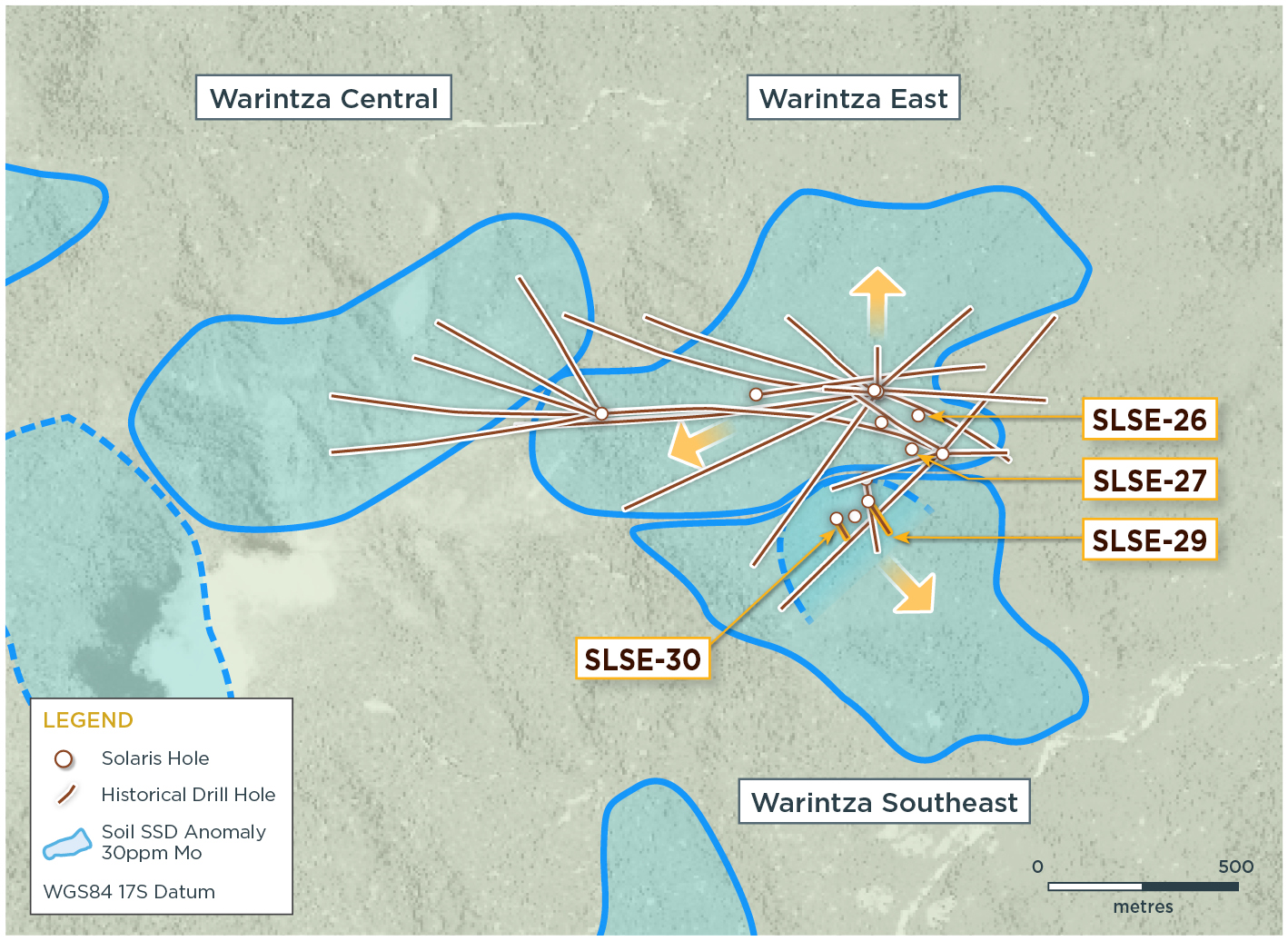
Solaris Resources (TSX: SLS)(OTCQB:SLSSF) has reported assay results from numerous boreholes, which were aimed at expanding mineral resources at the Warintza Project, located in southeastern Ecuador. A visual representation of the results can be found in Figure 1, while Tables 1-2 provide detailed results.
Warintza East, discovered in July 2021, had eight drill holes incorporated into the Warintza Central Mineral Resource Estimate in April 2022. Further drilling operations have notably enlarged the size of the deposit, with drilling efforts set to augment resource growth in various directions, including north, northeast, east, and southwest.
Warintza Southeast, a distinct, higher-grade porphyry center south of Warintza East, was identified in May 2023. Positioned beyond the MRE’s boundary, it presents a prospect for adding higher-grade mineral resources. Presently, deeper drilling is being executed, with considerable step-outs toward the southeast in the pipeline. The findings draw from discovery hole SLSE-28, which unveiled a 301m open-ended interval of 0.65% CuEq² in an advantageous andesite porphyry host (Refer to the press release dated June 1, 2023). This data assists in establishing the system’s upper part’s geometry and offers vectors for additional drilling.
Hole SLSE-29 was launched east of SLSE-28 and drilled southeast to the KD-200 rig’s limit, going through a less receptive intermineral diorite porphyry. It returned 175m of 0.50% CuEq² within 289m of 0.40% CuEq² from near the surface. The last 105m averaged 0.60% CuEq², with depth remaining open.
Hole SLSE-30, commenced west of the discovery hole SLSE-28, was drilled southeast to the KD-200 rig’s limit. It yielded 30m of 0.53% CuEq² from near the surface within a wider interval of 275m of 0.48% CuEq². The concluding 41m averaged 0.60% CuEq², still open to depth.
Current operations are underway for deeper drilling that targets extensions of higher-grade intervals observed at the end of each hole. In addition, two more platforms are being developed for step-outs 250m and 500m to the southeast. This area has previously recorded XRF³ values of 0.3% to 0.5% Cu in andesite porphyry.
Highlights from the results are as follows:
Warintza East was discovered in July 2021, with eight drill holes included in the Warintza Central Mineral Resource Estimate (“MRE”)¹ in April 2022. Subsequent drilling has significantly expanded the dimensions of the deposit, with drilling targeting further resource growth to the north, northeast, east and southwest.
- SLSE-27 was collared on the eastern limit of the Warintza East drill grid and drilled vertically to the limit of the KD-200 rig, returning 132m of 0.60% CuEq² from near surface within a broader interval of 246m of 0.55% CuEq², bottoming in mineralization and remaining open at depth
- SLSE-26 was collared 100m north of SLSE-27 and drilled vertically to the limit of the KD-200 rig, returning 212m of 0.52% CuEq² within a broader interval of 310m of 0.45% CuEq² from surface, ending in mineralization and remaining open at depth
- Step-out and deeper drilling is planned with two platforms under construction and a further six scheduled to extend the drilling grid to the north, northeast, east, and southwest
Warintza Southeast was discovered in May 2023 as a distinct, higher-grade porphyry center to the south of Warintza East beyond the limit of the MRE and offers potential to add higher-grade mineral resources, with deeper drilling underway and significant step-outs to the southeast planned.
- These holes follow discovery hole SLSE-28, which returned an open-ended interval of 301m of 0.65% CuEq² in a favourable andesite porphyry host (see press release dated June 1, 2023), and helps establish the geometry of the upper part of the system and vectors for further drilling
- SLSE-29 was collared east of SLSE-28 and drilled southeast to the limit of the KD-200 rig through a less receptive intermineral diorite porphyry, returning 175m of 0.50% CuEq² within 289m of 0.40% CuEq² from near surface, with the final 105m averaging 0.60% CuEq² and open to depth
- SLSE-30 was collared west of discovery hole SLSE-28 and drilled southeast to the limit of the KD-200 rig, returning 30m of 0.53% CuEq² from near surface within a broader interval of 275m of 0.48% CuEq², with the final 41m averaging 0.60% CuEq² and remaining open to depth
- Deeper drilling targeting extensions of higher-grade intervals noted at the end of each hole is underway and two additional platforms are under construction for step-outs 250m and 500m to the southeast where XRF³ values of 0.3% to 0.5% Cu in andesite porphyry were recorded
Table 1 – Assay Results
| Hole ID | Date Reported | From (m) | To (m) | Interval (m) | Cu (%) | Mo (%) | Au (g/t) | CuEq² (%) |
| SLSE-30 | Jul 24, 2023 | 34 | 309 | 275 | 0.40 | 0.01 | 0.05 | 0.48 |
| Including | 34 | 64 | 30 | 0.42 | 0.02 | 0.05 | 0.53 | |
| Including | 268 | 309 | 41 | 0.51 | 0.01 | 0.08 | 0.60 | |
| SLSE-29 | 20 | 309 | 289 | 0.31 | 0.02 | 0.05 | 0.40 | |
| Including | 134 | 309 | 175 | 0.39 | 0.02 | 0.05 | 0.50 | |
| Including | 204 | 309 | 105 | 0.49 | 0.02 | 0.07 | 0.60 | |
| SLSE-27 | 48 | 294 | 246 | 0.43 | 0.02 | 0.07 | 0.55 | |
| Including | 50 | 182 | 132 | 0.47 | 0.02 | 0.06 | 0.60 | |
| SLSE-26 | 0 | 310 | 310 | 0.34 | 0.02 | 0.05 | 0.45 | |
| Including | 24 | 236 | 212 | 0.40 | 0.02 | 0.06 | 0.52 | |
| SLSE-28 | Jun 1, 2023 | 8 | 309 | 301 | 0.54 | 0.02 | 0.07 | 0.65 |
| Including | 278 | 309 | 31 | 0.68 | 0.01 | 0.07 | 0.76 |
Notes to table: True widths of the mineralized zone are not known at this time.
Table 2 – Collar Location
| Hole ID | Easting | Northing | Elevation (m) |
Depth (m) |
Azimuth (degrees) |
Dip (degrees) |
| SLSE-30 | 801389 | 9647867 | 1184 | 309 | 150 | -80 |
| SLSE-29 | 801467 | 9647904 | 1180 | 309 | 150 | -80 |
| SLSE-28 | 801438 | 9647864 | 1162 | 309 | 0 | -90 |
| SLSE-27 | 801574 | 9648054 | 1218 | 294 | 0 | -90 |
| SLSE-26 | 801593 | 9648138 | 1153 | 310 | 0 | -90 |
Notes to table: The coordinates are in WGS84 17S Datum.
The above references an opinion and is for information purposes only. It is not intended to be investment advice. Seek a licensed professional for investment advice. The author is not an insider or shareholder of any of the companies mentioned above.
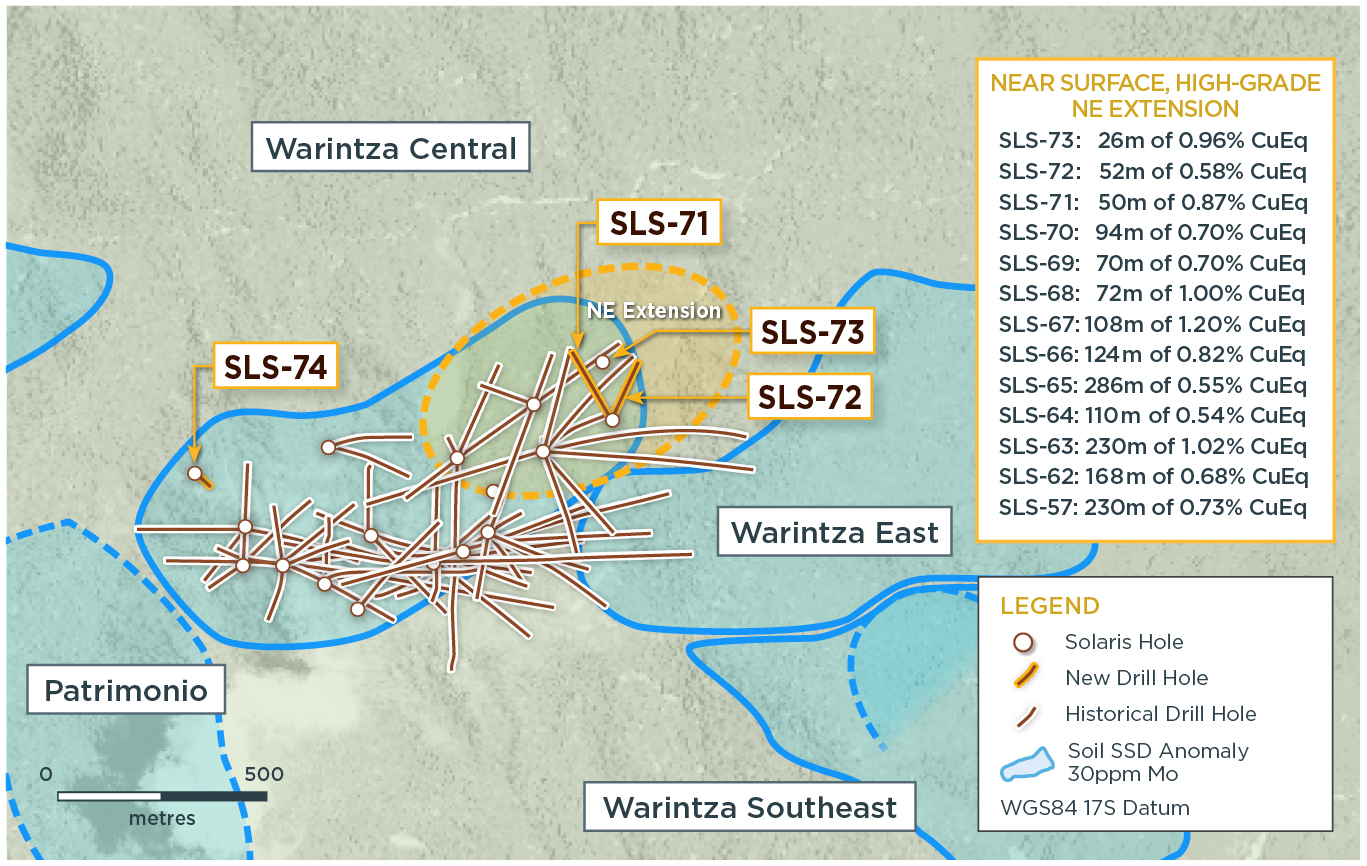
In the world of copper mining, where sentiment can shift overnight, Solaris Resources (TSX:SLS) (OTCQB:SLSSF), with its Warintza copper project in southeastern Ecuador, stands as a beacon for immediate upside potential.
Solaris’ shares have taken a 65% hit since 2021 highs despite continuing to deliver amazing resource growth drill results and making significant new discoveries on the project. This is due to a number of factors weighing on shares including an upcoming Presidential election overhang, a slump in copper prices, macro weakness, coupled with Equinox unloading their SLS shares due to their own intensive capital spending needs. Analysts are confident that the worst is now over, forecasting $20 average target prices, and here’s why.
Ecuador’s Political Transition with Stable Mining Outlook
Despite upcoming elections, the country is a great place to operate offering a robust framework for mining investment with regulatory and tax stability and investment protection provided for in the form of an Investment Contract, which Solaris ratified in December 2022.
The country also boasts Latin America’s fastest permitting regime and lowest effective tax rates, even as other nations in the region grapple with growing discontent and rising taxes. Ecuador is a US dollar economy with minimal inflation and solid existing infrastructure, which translates to lower capital intensity.
Recently, Wheaton Precious Metals made a strategic $300 million purchase of a gold stream for Lumina Gold’s Cangrejos Project in Ecuador. The specifics of this deal may not be directly relevant to copper, but it certainly casts light on the mining landscape in Ecuador. As the country prepares for an upcoming presidential election, the deal proves Ecuador’s mining sector’s resilience and continued appeal.
In this climate, WPM’s $300 million investment in an Ecuadorian company that has a market cap of $200 million and requires an additional billion to grow is indicative of confidence in the country’s mining regime.
Warintza: A Golden Goose
Solaris’ Warintza Project is world-class by any measure. With limited high-quality copper assets remaining, Warintza offers a tantalizing proposition to copper bulls. Positioned in a region rich with undeveloped copper porphyries with access to nearby primary infrastructure, the location alone is enough to turn heads.
Solaris issued a 43-101 resource in April 2022 for the Warintza Central deposit of 1.5 billion tonnes of copper at a CuEq grade of 0.5% including a high-grade starter pit of 287 million tonnes at a CuEq grade of 0.8%.
Over the last 18 months, the deposit has significantly grown with an updated mineral resource expected around year-end to incorporate new drilling with an expected resource growing to 2-3 billion tonnes.
What’s most important to the company is: 1) all new drill holes encountered mineralization at or near-surface which is rare amongst copper development assets, and (2) drilling continues to intersect grades in-line with the most recent 43-101 resource – the same resource that once had SLS trading at 2x its current levels
Most recently, the company announced two new discoveries on the project, known as Patrimonio and Warintza Southeast, both located just outside the 43-101 resource offering major growth potential once again bringing the grand total to six major deposits within the Warintza porphyry cluster. This follows after the original Warintza Central deposit discovered by the late David Lowell in 2000, and Solaris discoveries at Warintza West (February 2021), Warintza East (July 2021), and Warintza South (January 2022). Sulphide minerals at Patrimonio include pyrite, chalcopyrite, and molybdenite, with total sulphide abundances up to 10% – as much as two times higher than previously logged at Warintza Central, where the majority of the resource is located.
Valuation Disconnect
With analyst consensus on the current 43-101 resource showing a net present value (NPV) of $4.0 billion at an 8% discount rate, and a current SLS market cap of $620 million, the price to net asset value (P/NAV) stands at a mere 0.2x. Even for cautious investors, the downside risk at this valuation seems remarkably low, especially before the updated resource due at year-end. The strategic value of high-grade copper tonnage at surface with minimal strip seems to be ignored by the market presenting an attractive opportunity for buyers seeking a high-reward, low-risk asset.
The above references an opinion and is for information purposes only. It is not intended to be investment advice. Seek a licensed professional for investment advice. The author is not an insider or shareholder of any of the companies mentioned above.



Solaris Resources Inc. (TSX:SLS) (OTCQB:SLSSF) has recently reported its assay results from a sequence of drillings focused on expanding the ‘Indicative Starter Pit’ within the Warintza Central zone at the Warintza Project, located in southeastern Ecuador. The goal of the drilling is to enlarge the near-surface, high-grade mineralization estimated at 180 Mt at 0.82% CuEq (Indicated) and 107 Mt at 0.73% CuEq¹ (Inferred) in the Warintza Mineral Resource Estimate.
The results show that recent drilling has successfully expanded the Northeast Extension zone to the north-northeast. Future plans include more step-out drilling in this direction. Meanwhile, a considerable step-out of 250 meters on the opposite side of Warintza Central has increased the zone towards the northwest, unveiling new potential areas for mineral resource growth. Drilling to expand the ‘Indicative Starter Pit’ is still ongoing, with the company aiming to further increase the mineral resource potential of the site.
Highlights from the results are as follows:
- SLS-72 was collared from a newly-constructed step out platform 200m to the northeast, returning 268m of 0.60% CuEq¹ within a broader interval of 830m averaging 0.50% CuEq¹ from 48m depth, extending the zone to the northeast where it remains open
- SLS-71 was collared from the same platform within the northeast extension zone and drilled northwest into a partially open volume, returning 212m of 0.60% CuEq¹, including 50m of 0.87% CuEq¹, within a broader interval of 494m of 0.42% CuEq¹ from near surface
- SLS-73 was collared from another newly-constructed step out platform 250m to the north, returning 26m of 0.96% CuEq¹ from near surface and 128m of 0.60% CuEq¹ within a broader interval, extending the zone to the northeast where it remains open
- These three holes expand the Northeast Extension zone to the east and northeast where two additional 200m step-out platforms have been planned for construction to test the potential extension of the zone beneath shallow saprolitic cover
- On the opposite side of Warintza Central, SLS-74 was collared from a newly-constructed platform stepping out 250m to the northwest of the existing drill grid to test the potential extension of high grade, near surface mineralization – it returned 54m of 0.80% CuEq¹ from surface within a broader interval of 224m of 0.41% CuEq¹
- SLS-74 includes lower grade mineralization within a porphyritic granodiorite modelled as the northwestern contact of Warintza Central – ongoing mapping and sampling aims to assess the potential for better-developed mineralization higher up in this intrusive phase in the 700m gap to Warintza West
- Additional assays are expected soon from drilling targeting further growth at Warintza East, follow-up drilling at the recent high-grade Warintza Southeast discovery and the new Patrimonio discovery
Table 1 – Assay Results
| Hole ID | Date Reported | From (m) | To (m) | Interval (m) | Cu (%) | Mo (%) | Au (g/t) | CuEq¹ (%) |
| SLS-74 | June 28, 2023 | 6 | 230 | 224 | 0.28 | 0.03 | 0.04 | 0.41 |
| Including | 6 | 60 | 54 | 0.59 | 0.05 | 0.07 | 0.80 | |
| Including | 120 | 230 | 110 | 0.22 | 0.03 | 0.03 | 0.38 | |
| SLS-73 | 12 | 228 | 216 | 0.40 | 0.02 | 0.11 | 0.53 | |
| Including | 26 | 52 | 26 | 0.83 | 0.01 | 0.13 | 0.96 | |
| Including | 100 | 228 | 128 | 0.45 | 0.02 | 0.12 | 0.60 | |
| SLS-72 | 48 | 878 | 830 | 0.39 | 0.02 | 0.08 | 0.50 | |
| Including | 48 | 100 | 52 | 0.50 | 0.01 | 0.08 | 0.58 | |
| Including | 610 | 878 | 268 | 0.47 | 0.02 | 0.08 | 0.60 | |
| SLS-71 | 30 | 524 | 494 | 0.33 | 0.01 | 0.08 | 0.42 | |
| Including | 54 | 266 | 212 | 0.47 | 0.02 | 0.09 | 0.60 | |
| Including | 54 | 104 | 50 | 0.76 | 0.02 | 0.10 | 0.87 |
Notes to table: True widths of the mineralized zone are not known at this time.
Table 2 – Collar Location
| Hole ID | Easting | Northing | Elevation (m) | Depth (m) | Azimuth (degrees) | Dip (degrees) |
| SLS-74 | 799558 | 9648247 | 1325 | 236 | 130 | -80 |
| SLS-73 | 800531 | 9648518 | 1262 | 294 | 0 | -90 |
| SLS-72 | 800552 | 9648378 | 1358 | 878 | 25 | -80 |
| SLS-71 | 800552 | 9648378 | 1358 | 568 | 330 | -70 |
| Notes to table: The coordinates are in WGS84 17S Datum. | ||||||
Endnotes
- Copper-equivalence calculated as: CuEq (%) = Cu (%) + 4.0476 × Mo (%) + 0.487 × Au (g/t), utilizing metal prices of US$3.50/lb Cu, US$15.00/lb Mo, and US$1,500/oz Au, and assumes recoveries of 90% Cu, 85% Mo, and 70% Au based on preliminary metallurgical test work. The ‘Indicative Starter Pit’ is based on the same assumptions as the MRE except utilized metal prices of US$1.00/lb Cu, US$7.50/lb Mo, and US$750/oz Au. The ‘Indicative Starter Pit’ is comprised of Indicated mineral resources of 180 Mt at 0.82% CuEq (0.67% Cu, 0.03% Mo, 0.07 g/t Au) and Inferred mineral resources of 107 Mt at 0.73% CuEq (0.64% Cu, 0.02% Mo, 0.05 g/t Au) above a 0.6% CuEq cut-off grade. No economic analysis has been completed by the Company and there is no guarantee an ‘Indicative Starter Pit’ will be realized or prove to be economic.
- Refer to Solaris’ technical report titled, “NI 43-101 Technical Report for the Warintza Project, Ecuador” with an effective date of April 1, 2022, prepared by Mario E. Rossi and filed on the Company’s SEDAR profile at www.sedar.com.
- For additional details on “Near Surface, High-Grade, NE Extension” intervals, refer to press release dated May 26, 2022 for SLS-57: 230m of 0.73% CuEq (0.59% Cu, 0.03% Mo, 0.08 g/t Au), refer to press release dated July 20, 2022 for SLS-62: 168m of 0.68% CuEq (0.51% Cu, 0.03% Mo, 0.07 g/t Au) and SLS-63: 230m of 1.02% CuEq (0.87% Cu, 0.02% Mo, 0.12 g/t Au), refer to press release dated September 7, 2022 for SLS-64: 110m of 0.54% CuEq (0.38% Cu, 0.04% Mo, 0.03 g/t Au) and SLS-66: 124m of 0.82% CuEq (0.71% Cu, 0.02% Mo, 0.09 g/t Au) and SLS-67: 108m of 1.20% CuEq (1.06% Cu, 0.03% Mo, 0.09 g/t Au), refer to press release dated December 5, 2022 for SLS-65: 286m of 0.55% CuEq (0.38% Cu, 0.04% Mo, 0.06 g/t Au) and SLS-68: 72m of 1.00% CuEq (0.88% Cu, 0.02% Mo, 0.06 g/t Au), refer to press release dated Mar 13, 2023 for SLS-69: 70m of 0.70% CuEq (0.56% Cu, 0.03% Mo, 0.06 g/t Au) and SLS-70: 94m of 0.70% CuEq (0.53% Cu, 0.03% Mo, 0.11 g/t Au).
The above references an opinion and is for information purposes only. It is not intended to be investment advice. Seek a licensed professional for investment advice. The author is not an insider or shareholder of any of the companies mentioned above.
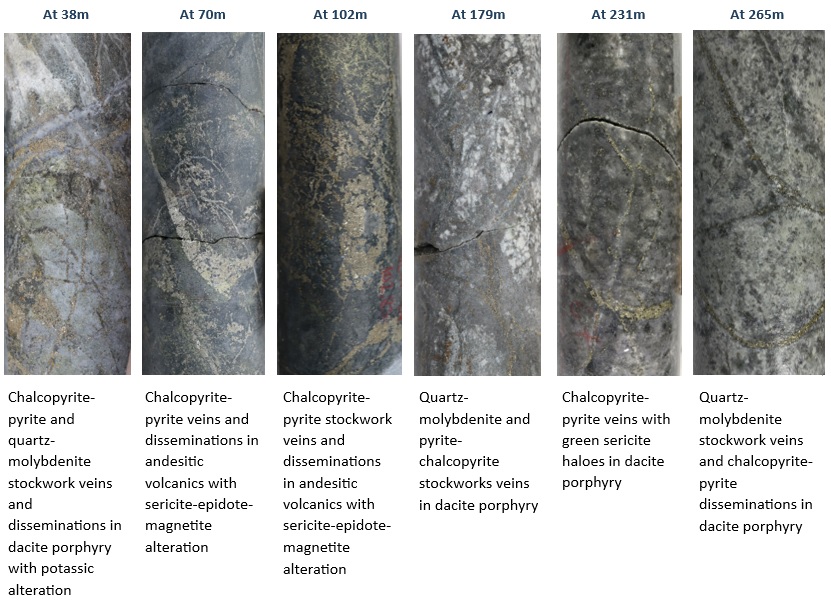

Solaris Resources Inc. (TSX:SLS) (OTCQB:SLSSF) has reported the discovery of a substantial new porphyry deposit. This new find, the sixth major discovery at the Warintza Project in the southeastern region of Ecuador, is located at the Patrimonio target, to the southwest of Warintza Central.
This news comes as part of a reconnaissance mapping and sampling initiative that the Company has been undertaking in an area to the southwest of Warintza Central. Notably, the preliminary drill hole in this target has been concluded, yielding impressive results. The visual examination of SLSP-01 verified the unearthing of a significant new porphyry deposit that is rich with high concentrations of valuable minerals such as chalcopyrite, molybdenite, and pyrite.
The Patrimonio target was initially identified during the Company’s comprehensive mapping and sampling program, the details of which were released in a press release dated April 11, 2023. It’s important to note that this new porphyry deposit extends from the surface down to the end of the drill hole, providing an exciting opportunity for potential mineral extraction and economic development.
Solaris’s discovery signals a promising prospect for the company and underscores the rich mineral potential of the Warintza Project, a characteristic that continues to be unveiled as further exploration and drilling activities are undertaken.
Mr. Jorge Fierro, Vice President, Exploration, commented in a press release: “Patrimonio is an exciting, new discovery, unique in terms of the intensity of mineralization and alteration within the Warintza porphyry cluster. Together with the recent discovery of a second and higher-grade porphyry center to the south of Warintza East we now distinguish as Warintza Southeast, the Patrimonio discovery provides strong validation of our exploration approach of systematic soil sampling led by senior geologist, Keller Guerra, that has also identified areas of significantly stronger soil anomalism in the Warintza West and Warintza South areas for future exploration.”
Highlights from the results are as follows:
- Patrimonio represents the sixth major discovery within the Warintza porphyry cluster, after the original Warintza Central deposit discovered by the late David Lowell in 2000, and Solaris discoveries at Warintza West (February 2021), Warintza East (July 2021), Warintza South (January 2022), most recently Warintza Southeast (May 2023) and now Patrimonio
- Patrimonio is defined by an elongated north-south molybdenum anomaly measuring 1.5km x 0.5km enveloped by a copper anomaly extending west, with outcropping porphyry displaying pervasive potassic alteration and stockwork veining, located on the western side of an interpreted major north-south fault adjacent to Warintza Central
- SLSP-01 is the first reconnaissance hole to test the Patrimonio target and was drilled northwest to the maximum depth capacity of the KD-200 rig. The hole intersected stockwork veining and disseminated sulphide mineralization in intrusive and volcanic rocks from surface to the end of hole at 310m where the zone remains open
- Sulphide minerals at Patrimonio include pyrite, chalcopyrite and molybdenite with total sulphide abundances up to 10%, as much as two-times higher than previously logged at Warintza Central
- First assays from SLSP-01 are expected within four to six weeks. Follow-up drill holes SLSP-02, drilled southwest from the same platform, and SLSP-03, a northeast step-out testing the potential contact area between Patrimonio and Warintza Central, are already underway
- Preliminary interpretation places SLSP-01 in the high-temperature core of a sulphide-rich copper porphyry at Patrimonio, with follow-up drilling underway expected to aid in defining the architecture of the system and its relationship to Warintza Central
- The reader should be cautioned that only assay results from a laboratory can confirm whether concentrations of metals are present and, as such, visual core characterization presented herein should be viewed as speculative in nature
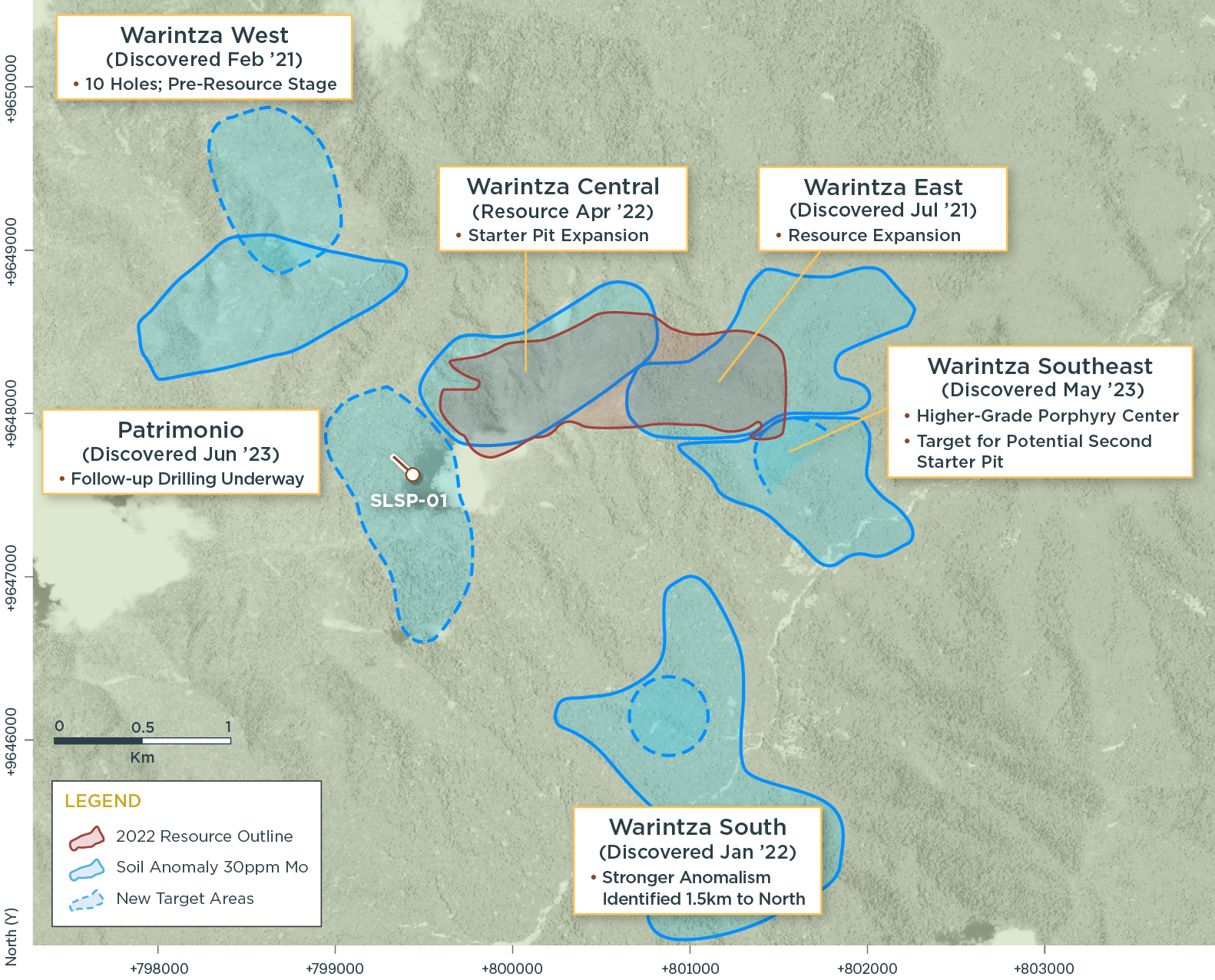

Table 1 – Collar Location
| Hole ID | Easting | Northing | Elevation (m) |
Depth (m) |
Azimuth (degrees) |
Dip (degrees) |
| SLSP-01 | 799430 | 9647634 | 1519 | 310 | 315 | -60 |
| Notes to table: The coordinates are in WGS84 17S Datum. | ||||||
The above references an opinion and is for information purposes only. It is not intended to be investment advice. Seek a licensed professional for investment advice. The author is not an insider or shareholder of any of the companies mentioned above.
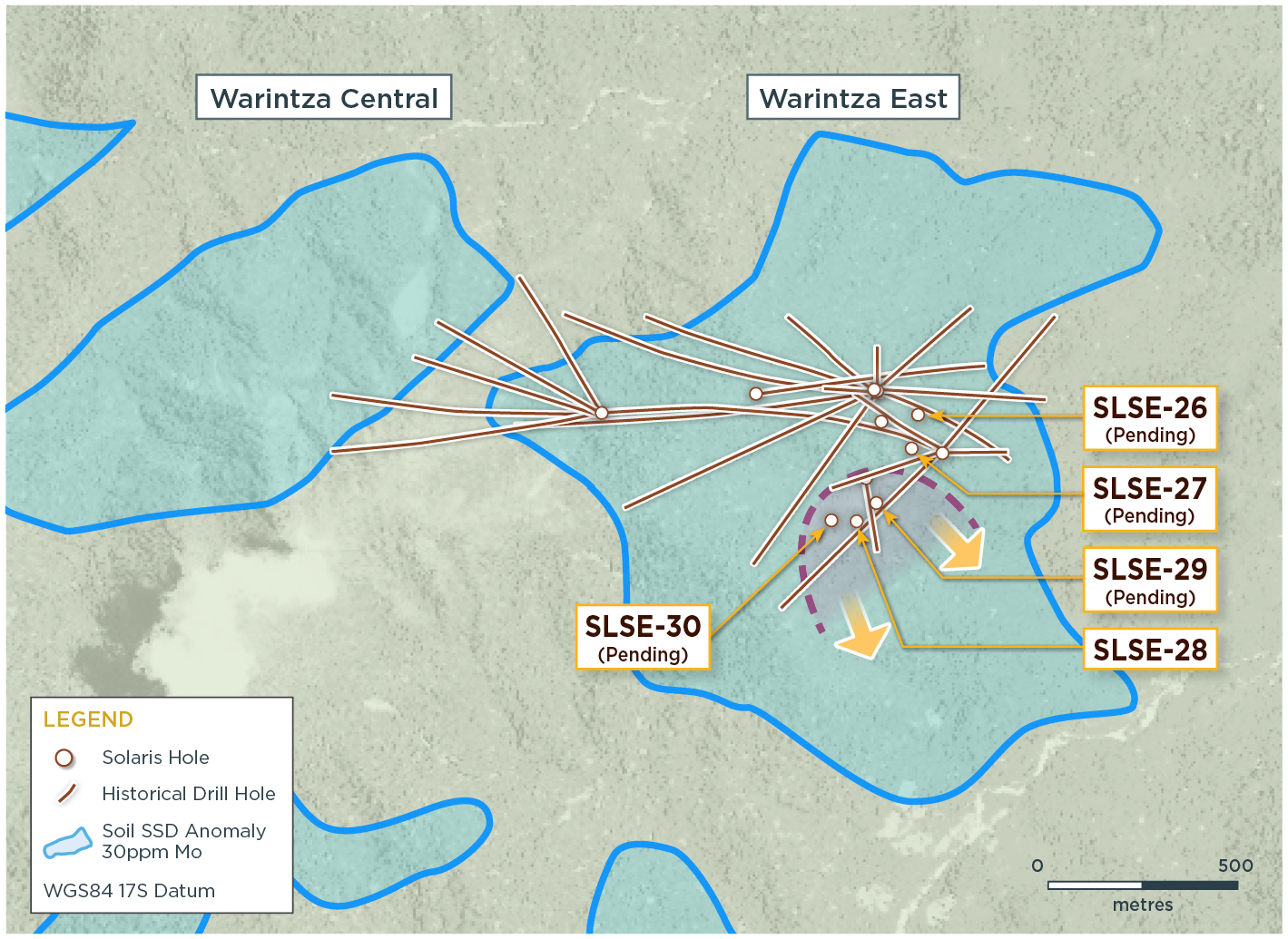

In a major announcement this morning, Solaris Resources (TSX: SLS) (OTCQB:SLSSF) has announced the confirmation of a new porphyry centre discovery at Warintza East. This second centre boasts the highest grade assays to date, beginning from the bedrock surface and extending right to the hole’s end.
This exciting new discovery, open to the east, west, south, and at depth, signifies a pivotal step forward in the Warintza Project’s exploration efforts situated in the southeastern region of Ecuador. This discovery has already sparked a series of follow-up drill operations, underlining its crucial role in the project.
Mr. Jorge Fierro, Vice President, Exploration, commented in a press release: “The discovery of a second, significantly higher grade porphyry center at Warintza East is a welcome surprise in our ongoing mineral resource growth drilling program. This new zone offers the potential to rapidly add near surface, high grade mineralization to the deposit that could contribute to future starter pit growth. Moreover, the zone is wide open with step-out and extension drilling coming soon.”
Solaris Resources, known for its diverse portfolio of gold and copper assets in the Americas, has been pioneering large-scale resource discovery and expansion efforts at the Warintza Project in Ecuador, which is currently its primary focus.
Beyond Warintza, the company sees promising discovery potential at their Ricardo and Tamarugo Projects in Chile, and their Capricho and Paco Orco projects in Peru. Solaris Resources also holds a 60% stake in the La Verde joint-venture project with a subsidiary of Teck Resources in Mexico.
Highlights from the results are as follows:
- Warintza East was discovered in July 2021, with eight drill holes included in the Warintza Central Mineral Resource Estimate (“MRE”)¹ in April 2022. Subsequent drilling has significantly expanded the dimensions of the deposit, with ongoing drilling targeting further mineral resource growth
- The latest drilling made an important discovery of a second, more intensely-mineralized porphyry center located outside the MRE, approximately 350m south of the original discovery, with assays now confirming the highest grades encountered at Warintza East to date
- SLSE-28 was collared to the south of the Warintza East drill grid and drilled vertically to the limit of the KD-200 rig, returning 301m of 0.65% CuEq² from bedrock surface at 8m depth to the end of the hole, with the final 31m averaging 0.76% CuEq²
- Two new platforms were constructed to the east and west, also outside the MRE, with follow-up drill hole SLSE-29 testing the southeast extension up to 200m to the east now completed and SLSE-30 in progress testing the potential to the west
- SLSE-29 and SLSE-30 were both drilled with KD-200 rigs to allow for the rapid expansion of this emerging zone of near surface, high grade mineralization, with follow-up deeper drilling planned with larger capacity KD-1400 rigs
- The new zone is wide open and additional follow-up drilling is planned to test the potential for lateral expansion, focusing on vectors to the south and southeast where new step-out platforms are under construction
Table 1 – Assay Results
| Hole ID | Date Reported | From (m) | To (m) | Interval (m) | Cu (%) | Mo (%) | Au (g/t) | CuEq² (%) |
| SLSE-28 | May 31, 2023 | 8 | 309 | 301 | 0.54 | 0.02 | 0.07 | 0.65 |
| Including | 278 | 309 | 31 | 0.68 | 0.01 | 0.07 | 0.76 |
Notes to table: True widths of the mineralized zone are not known at this time.
Table 2 – Collar Location
| Hole ID | Easting | Northing | Elevation (m) |
Depth (m) |
Azimuth (degrees) | Dip (degrees) |
| SLSE-28 | 801438 | 9647864 | 1162 | 309 | 0 | -90 |
| Notes to table: The coordinates are in WGS84 17S Datum. | ||||||
Endnotes
- Refer to Solaris’ technical report titled, “NI 43-101 Technical Report for the Warintza Project, Ecuador” with an effective date of April 1, 2022, prepared by Mario E. Rossi and filed on the Company’s SEDAR profile at www.sedar.com.
- Copper-equivalence calculated as: CuEq (%) = Cu (%) + 4.0476 × Mo (%) + 0.487 × Au (g/t), utilizing metal prices of US$3.50/lb Cu, US$15.00/lb Mo, and US$1,500/oz Au, and assumes recoveries of 90% Cu, 85% Mo, and 70% Au based on preliminary metallurgical test work.
The above references an opinion and is for information purposes only. It is not intended to be investment advice. Seek a licensed professional for investment advice. The author is not an insider or shareholder of any of the companies mentioned above.
Solaris Resources Inc. (TSX:SLS) has announced the identification of an additional, significantly more mineral-rich porphyry centre located 350 meters south of the initial finding at Warintza East. This new discovery presents promising prospects for enhanced grades and further expansion of the Warintza Project in the southeastern region of Ecuador.
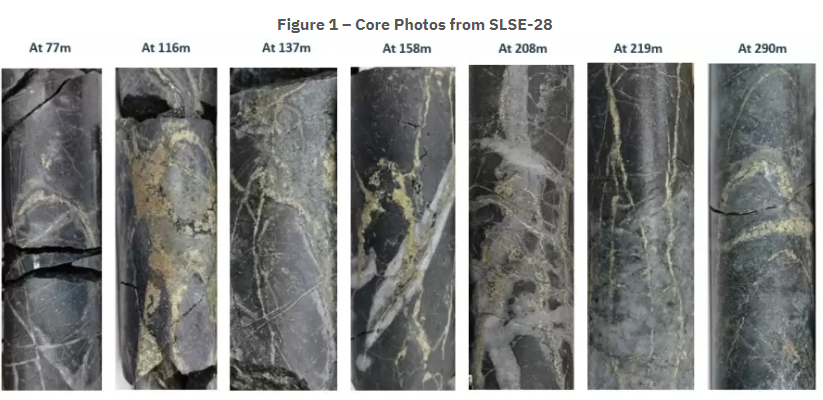

- Warintza East was discovered in July 2021, with eight holes included in the Warintza Central Mineral Resource Estimate (“MRE”)¹ in April 2022 and subsequent drilling significantly expanding the dimensions of the deposit – the latest drilling in SLSE-28 has confirmed the discovery of a second and more intensely mineralized porphyry center 350m south of the original discovery
- SLSE-28 was drilled vertically to the limit of the KD-200 rig at 309m with strong mineralization from 19m to the end of the hole characterized by chalcopyrite-pyrite-molybdenite in stockwork veins and disseminations, similar to the high grade portions of the Warintza Central deposit
- Full assay results from SLSE-28 are expected within four to six weeks while follow-up hole
SLSE-29 (in progress) is being drilled southeast from a recently constructed platform testing the extension of this new porphyry center up to 200m to the east in this area
- This new porphyry center is located on the southern margin of Warintza East drilling and correlates with mineralization encountered in the high grade portion of prior hole SLSE-16 in this area (192m of 0.70% CuEq² – refer to press release dated April 3, 2023)
- The reader should be cautioned that only assay results from a certified third-party laboratory can confirm whether concentrations of metals are present in these drill holes and, as such, visual core characterization presented herein should be viewed as speculative in nature
- MRE drilling program continues: the 2022 MRE is based on drilling to the end of 2021, with ongoing drilling aimed at expanding the ‘Indicative Starter Pit’³ and overall mineral resources, notably from the Warintza East deposit
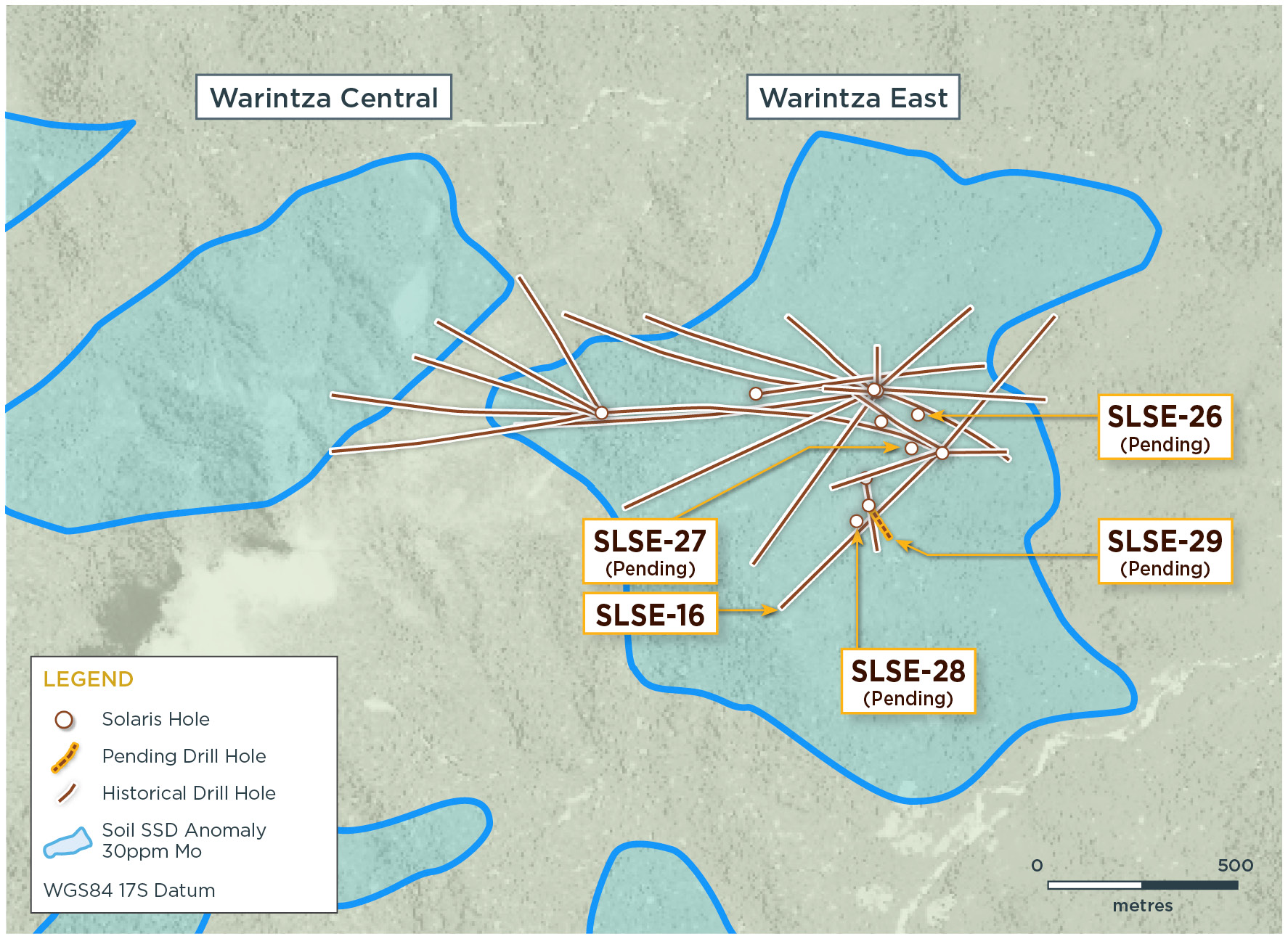

The above references an opinion and is for information purposes only. It is not intended to be investment advice. Seek a licensed professional for investment advice. The author is not an insider or shareholder of any of the companies mentioned above.
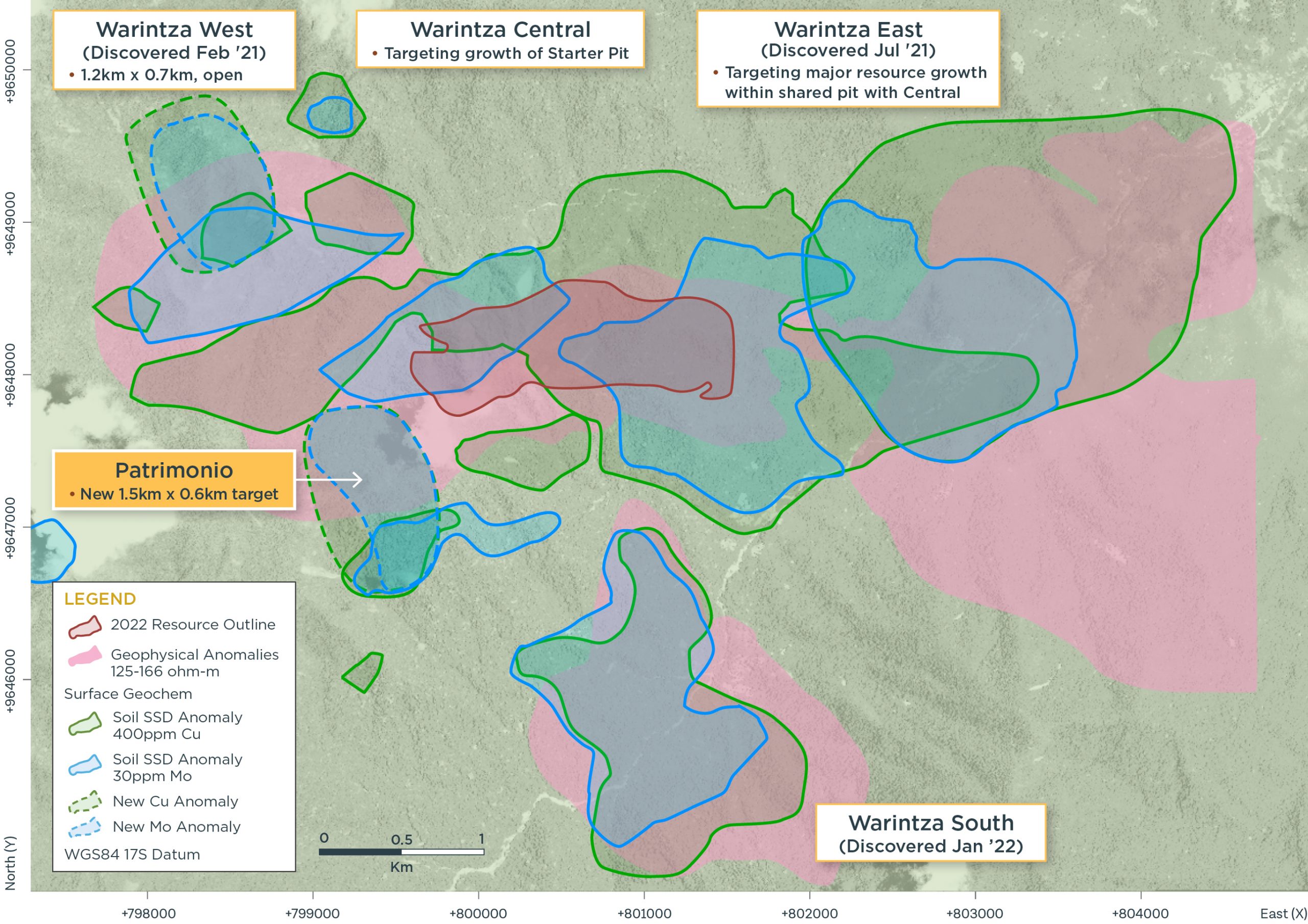

Solaris Resources (TSX:SLS) (OTCQB:SLSSF) has announced a new porphyry discovery at the Warintza porphyry cluster called Patrimonio. The company made the discovery during ongoing field work, immediately southwest of the Warintza Central deposit in southeastern Ecuador.
Mr. Jorge Fierro, Vice President, Exploration, commented in a press release: “As drilling continues to expand the MRE, we have conducted a program of reconnaissance mapping and sampling that extends into previously inaccessible areas. The discoveries made to date within the Warintza cluster were based largely on sampling work that dates back more than 20 years. The aim of this ongoing effort is to identify targets for high value growth, such as at Patrimonio, where we’ve discovered a sizeable porphyry target with potential for high grades close to surface in close proximity to our growing MRE.”
Highlights from the results are as follows:
- Patrimonio was discovered via reconnaissance mapping and sampling in an area that had not previously been accessed southwest of Warintza Central, with the northern extent of the target found just outside the Mineral Resource Estimate (“MRE”)¹ shell (refer to Figure 1)
- Patrimonio is defined by highly anomalous sampling over a 1.5km long x 0.6km wide area where outcropping porphyritic diorite displays intense, pervasive biotite alteration and stockwork veining on the western side of a major north-south fault adjacent to Warintza Central
- Rock chip samples from weathered outcrop at Patrimonio returned values of up to 1.6% copper (“Cu”) (averaging 0.18% Cu), 630 parts per million (“ppm”) molybdenum (“Mo”) (averaging 104 ppm Mo) and 0.16 grams per tonne (“g/t”) gold (“Au”) (averaging 0.1 g/t Au)
- Soil samples at Patrimonio average 764 ppm Cu and 89 ppm Mo, comparable in copper values to Warintza East (887 ppm Cu, 87 ppm Mo) and Warintza Central (816 ppm Cu, 288 ppm Mo), with lower molybdenum values than Central
- Together with high-level alteration assemblages observed in outcrop, this metal zonation implies Patrimonio is better preserved/less eroded than Central on the opposite side of the fault, but with similar stockwork veining suggesting the porphyry may be well mineralized
- Field crews have established locations for the construction of an initial four drilling platforms in the northern half of Patrimonio, with the first drill hole at the northernmost platform expected to commence later this month
- MRE drilling program continues: the 2022 MRE is based on drilling to the end of 2021, with ongoing drilling aimed at expanding the ‘Indicative Starter Pit’² and overall mineral resources
Patrimonio
Field crews have discovered conspicuous copper and molybdenum in outcrop (refer to Figures 2-5) where the mineralized rock is a porphyritic diorite that displays intense, pervasive biotite alteration and stockwork veining. This compares to Warintza Central where the host rock is a quartz monzodiorite stock, and Warintza East, where most of the mineralization is in a volcano-sedimentary sequence around a porphyry stock, with a second stock recently located to the south. At Warintza West, mineralization is hosted by dacite porphyry that intrudes diorite and granodiorite.
Quartz-molybdenum or “B-veins” that typically occupy the core of porphyries at Warintza, were encountered at surface at Patrimonio. The highest part of the Patrimonio target, exposed on a hilltop, contains galena and sphalerite in a relatively low-temperate alteration mineral assemblage that is typically located above and lateral to porphyries. The presence of these minerals implies that the porphyry has been minimally eroded and is well-preserved.
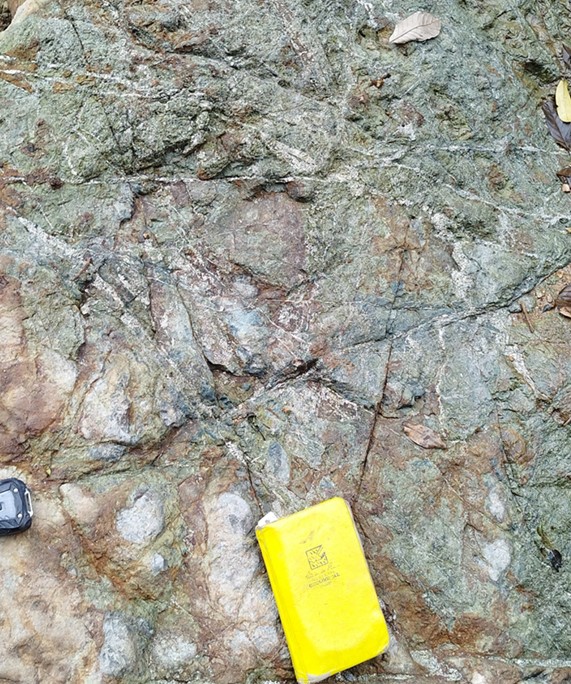

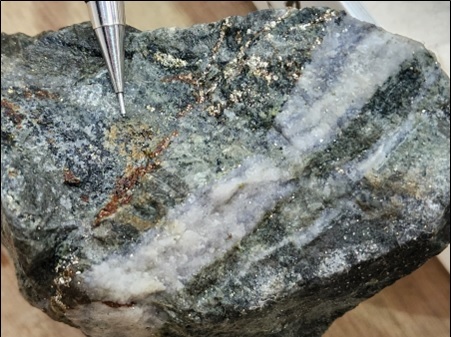

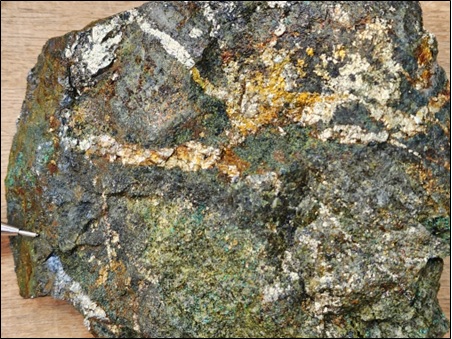

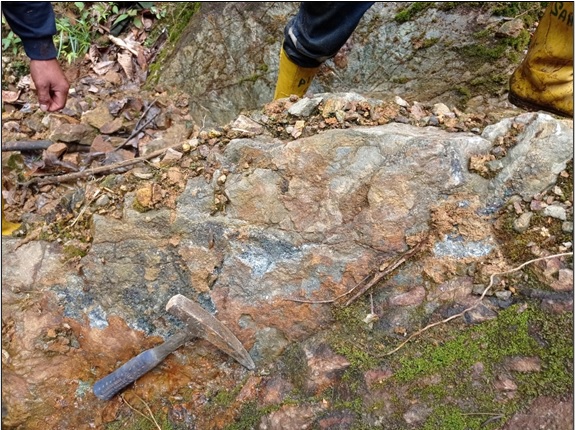

The above references an opinion and is for information purposes only. It is not intended to be investment advice. Seek a licensed professional for investment advice. The author is not an insider or shareholder of any of the companies mentioned above.
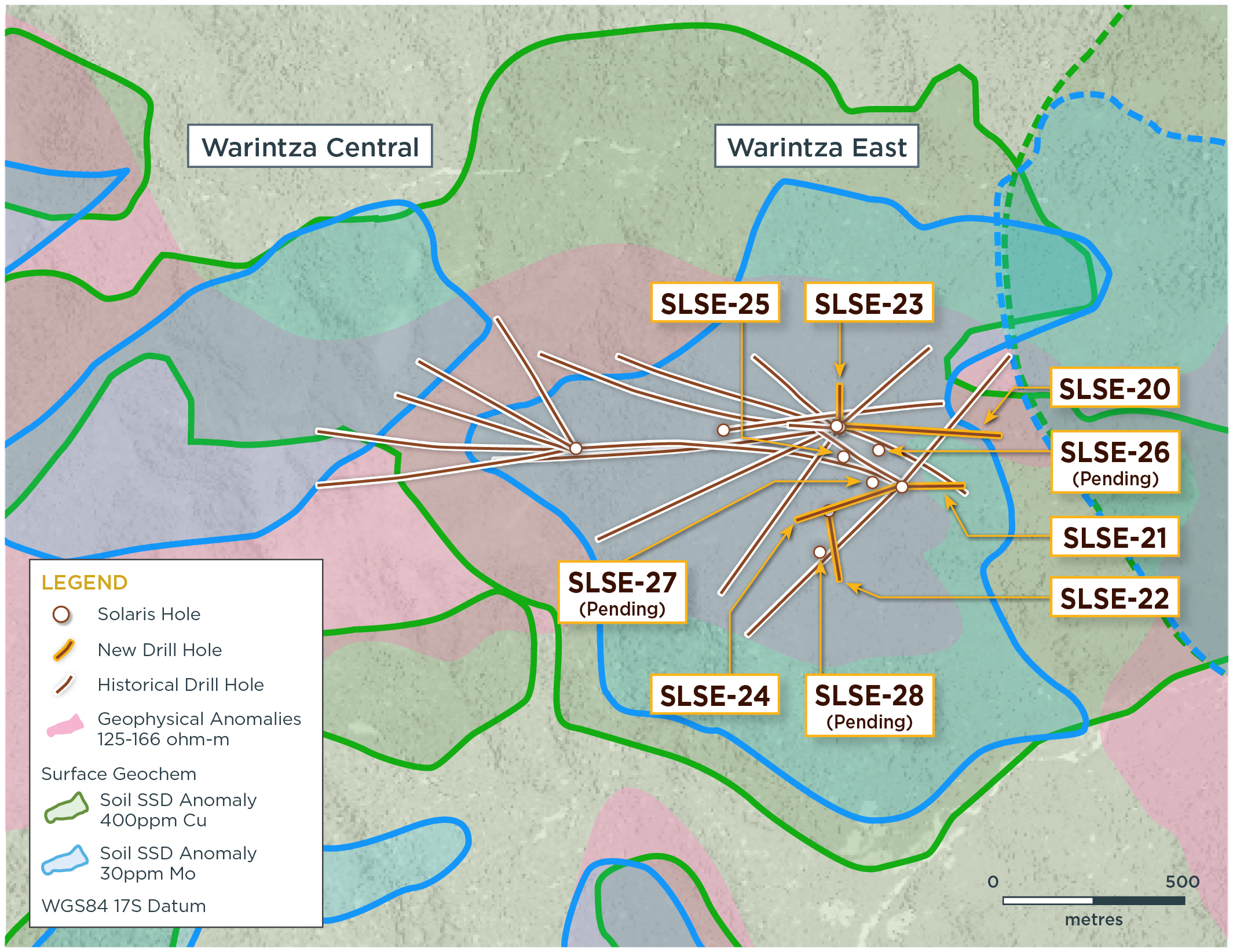

Solaris Resources Inc. (TSX:SLS) (OTCQB:SLSSF) has released assay results from several holes with the goal of expanding mineral resources and detecting a new, more concentrated porphyry center that could potentially extend to the south of the Warintza East discovery at the Warintza Project in southeastern Ecuador. The key findings, illustrated in Figure 1 and presented in Tables 1-2, are outlined below.
Mr. Jorge Fierro, Vice President, Exploration, commented in a press release: “Drilling to date confirms Warintza East as a significant porphyry deposit that adjoins Warintza Central and remains open for expansion, with a particular direction of focus to the south where extensional and step-out drilling is targeting higher grade mineralization associated with a newly identified southern porphyry center.”
Highlights from the results are as follows:
Warintza East was discovered in July 2021, with only eight holes completed prior to the cut-off for inclusion in the Warintza Central Mineral Resource Estimate (“MRE”)¹ in April 2022. Subsequent drilling has significantly expanded the dimensions of the deposit to the north, east and south, where it remains open. Recent drilling has now validated a southern vector toward stronger soil anomalism, identifying a second porphyry center producing higher grade mineralization and opening up further expansion potential in this direction.
- SLSE-23 was collared in the middle of the Warintza East drill grid and drilled north, returning 626m of 0.50% CuEq² from surface within a broader interval of 746m of 0.46% CuEq², expanding the footprint to the north where it remains open
- SLSE-24 was collared at the southeastern limit of the grid and drilled southwest into an open volume, returning 156m of 0.52% CuEq² from near surface within a broader interval of 410m of 0.30% CuEq², extending mineralization to the southwest where it remains open
- SLSE-20 was collared in the middle of the drill grid and drilled east, returning 292m of 0.45% CuEq² from surface within a broader interval of 900m of 0.30% CuEq², expanding the footprint to the east where it remains open
- SLSE-21 was collared at the southeastern limit of the grid and drilled east, returning 198m of 0.40% CuEq² within a broader interval of 1,040m of 0.33% CuEq² from surface, extending mineralization to the east where it remains open
- SLSE-25 was collared from a new central platform and drilled vertically with a small drill rig specifically used for infill purposes, returning 110m of 0.46% CuEq² from 32m depth within a broader interval, upgrading this area with near surface, high-grade mineralization
- Identification of a second porphyry center in SLSE-28, with visual interpretation suggesting potential for some of the strongest grades to date at Warintza East – the new porphyry center is located south of SLSE-22, which exited a weakly mineralized dyke into stronger mineralization over its final 40m, consistent with increased grades observed from SLSE-16 in this area (192m of 0.70% CuEq² from 350m depth within a broader interval of 712m of 0.45% CuEq² – refer to press release dated January 17, 2023)
Table 1 – Assay Results
| Hole ID | Date Reported | From (m) |
To (m) |
Interval (m) |
Cu (%) |
Mo (%) |
Au (g/t) |
CuEq² (%) |
| SLSE-25 | Apr 3, 2023 | 0 | 300 | 300 | 0.21 | 0.02 | 0.03 | 0.30 |
| Including | 32 | 142 | 110 | 0.35 | 0.02 | 0.03 | 0.46 | |
| SLSE-24 | 10 | 420 | 410 | 0.23 | 0.01 | 0.04 | 0.30 | |
| Including | 18 | 242 | 224 | 0.33 | 0.02 | 0.06 | 0.43 | |
| Including | 26 | 182 | 156 | 0.41 | 0.02 | 0.07 | 0.52 | |
| SLSE-23 | 0 | 746 | 746 | 0.36 | 0.02 | 0.04 | 0.46 | |
| Including | 0 | 626 | 626 | 0.40 | 0.02 | 0.05 | 0.50 | |
| SLSE-22 | 26 | 1080 | 1054 | 0.18 | 0.01 | 0.03 | 0.24 | |
| SLSE-21 | 0 | 1040 | 1040 | 0.26 | 0.01 | 0.04 | 0.33 | |
| Including | 92 | 290 | 198 | 0.33 | 0.01 | 0.04 | 0.40 | |
| SLSE-20 | 0 | 900 | 900 | 0.24 | 0.01 | 0.03 | 0.30 | |
| Including | 4 | 296 | 292 | 0.35 | 0.02 | 0.04 | 0.45 | |
| SLSE-16 | Jan 17, 2023 | 8 | 720 | 712 | 0.36 | 0.02 | 0.05 | 0.45 |
| Including | 76 | 184 | 108 | 0.46 | 0.02 | 0.06 | 0.57 | |
| Including | 350 | 542 | 192 | 0.59 | 0.02 | 0.07 | 0.70 |
Notes to table: True widths of the mineralized zone are not known at this time.
Table 2 – Collar Location
| Hole ID | Easting | Northing | Elevation (m) |
Depth (m) |
Azimuth (degrees) | Dip (degrees) |
| SLSE-25 | 801489 | 9648125 | 1170 | 300 | 0 | -90 |
| SLSE-24 | 801684 | 9648074 | 1221 | 722 | 250 | -65 |
| SLSE-23 | 801485 | 9648192 | 1170 | 748 | 0 | -80 |
| SLSE-22 | 801453 | 9647971 | 1234 | 1083 | 165 | -80 |
| SLSE-21 | 801684 | 9648074 | 1221 | 1071 | 90 | -82 |
| SLSE-20 | 801485 | 9648192 | 1170 | 905 | 90 | -65 |
| SLSE-16 | 801684 | 9648074 | 1221 | 845 | 225 | -45 |
| Notes to table: The coordinates are in WGS84 17S Datum. | ||||||
The above references an opinion and is for information purposes only. It is not intended to be investment advice. Seek a licensed professional for investment advice. The author is not an insider or shareholder of any of the companies mentioned above.
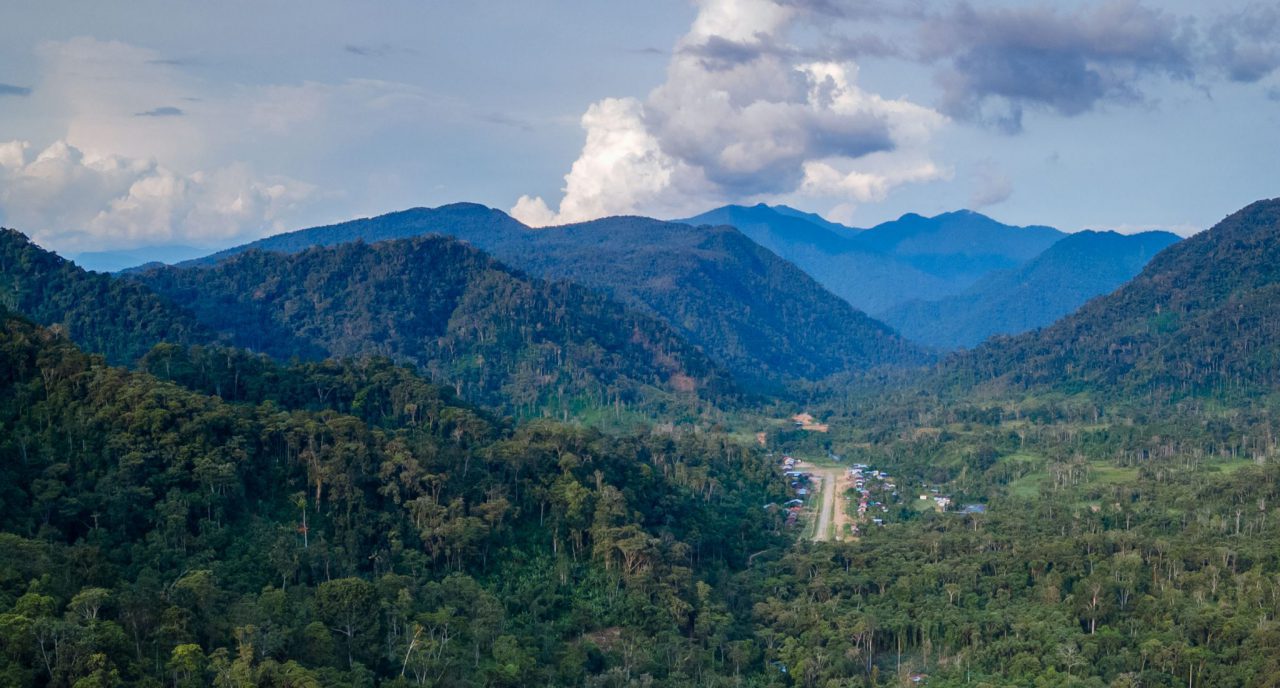

Solaris Resources Inc. (TSX:SLS) (OTCQB:SLSSF) has received an exercise of common share purchase warrants amounting to C$30.2 million since the release of the Company’s last quarterly results on November 8, 2022.
Notably, Mr. Richard Warke, the Company’s Executive Chairman, and Equinox Gold Corp. have exercised a total of 23.1 million warrants at a price of C$1.20, resulting in proceeds of C$27.7 million, which represents the final tranche of warrants held by these parties. After exercising the warrants, Equinox sold the remaining 7.5 million common shares of Solaris through the Toronto Stock Exchange.
The announcement comes on the heels of new assay results, with the company reporting on March 13, 2022 that ongoing drilling for resource expansion is enlarging the Northeast Extension of the ‘Indicative Starter Pit’, which encompasses an area of high-grade mineralization near the surface.
The mineralization has been estimated to be 180 Mt at 0.82% CuEq¹ (Indicated) and 107 Mt at 0.73% CuEq¹ (Inferred) based on the Warintza Mineral Resource Estimate² (“MRE”), which was derived from drilling conducted up to the end of 2021. Follow-up step-out drilling has been carried out, and the results are pending. Additional platforms are set to be constructed to continue drilling.
The above references an opinion and is for information purposes only. It is not intended to be investment advice. Seek a licensed professional for investment advice. The author is not an insider or shareholder of any of the companies mentioned above.


Solaris Resources (TSX:SLS) (OTCQB:SLSSF) has reported new assay results from a series of holes aimed at growing the Northeast Extension of the “Indicative Starter Pit” at the Warintza Project, with further resource expansion growing the area of near-surface, high-grade mineralization estimated at estimated at 180 Mt at 0.82% CuEq¹ (Indicated) and 107 Mt at 0.73% CuEq¹ (Inferred) within the Warintza Mineral Resource Estimate. The company is currently waiting on assays from follow-up step-out drilling, and has additional platforms planned for construction at the project.
Mr. Jorge Fierro, Vice President, Exploration, commented in a press release: “The Northeast Extension represents a significant area of focus for growing the ‘Indicative Starter Pit’, one of the two key goals for the follow-on drilling program from the 2022 MRE, with the other being major resource growth at Warintza East, where extensional and step-out holes are due shortly. In addition, a major program of reconnaissance sampling that commenced last summer has identified new areas of well mineralized outcrop in previously inaccessible terrain adjacent to the Warintza Central and Warintza East deposits that present opportunities for additional discoveries, with further details to be released shortly.”
Highlights from the results are as follows:
- SLS-70 was collared at the northeastern limit of Warintza Central and drilled northeast into an open volume, returning 186m of 0.64% CuEq¹ from near surface within a broader interval of 264m of 0.55% CuEq¹, expanding the zone to the north where it remains open
- This hole follows from SLS-65, drilled approximately 90 degrees to the northwest from the same platform, which returned 286m of 0.55% CuEq¹ from near surface (refer to press release dated December 5, 2022)
- SLS-69, collared from the same platform and drilled the opposite direction to the southwest, returned 156m of 0.60% CuEq¹ from 52m depth within a broader interval of 846m of 0.30% CuEq¹, connecting the Northeast Extension to Warintza Central
- Prior hole SLS-66, drilled west-southwest, returned 124m of 0.82% CuEq¹ from near surface within a broader interval of 622m of 0.42% CuEq¹ (refer to press release dated September 7, 2022) from a platform to the south where a follow-up southwest-oriented hole is planned to better connect the Northeast Extension to Warintza Central
- Assays are pending from two newly constructed 250m step-out platforms testing the zone further to the northeast, with additional platforms planned for construction as the weather improves
Table 1 – Assay Results
| Hole ID | Date Reported | From (m) | To (m) | Interval (m) | Cu (%) | Mo (%) | Au (g/t) | CuEq¹ (%) |
| SLS-70 | Mar 13, 2023 | 26 | 290 | 264 | 0.38 | 0.03 | 0.11 | 0.55 |
| Including | 104 | 290 | 186 | 0.48 | 0.03 | 0.11 | 0.64 | |
| Including | 104 | 198 | 94 | 0.53 | 0.03 | 0.11 | 0.70 | |
| SLS-69 | 52 | 898 | 846 | 0.20 | 0.02 | 0.03 | 0.30 | |
| Including | 52 | 208 | 156 | 0.48 | 0.02 | 0.08 | 0.60 | |
| Including | 52 | 122 | 70 | 0.56 | 0.03 | 0.06 | 0.70 | |
| Notes to table: True widths of the mineralized zone are not known at this time. | ||||||||
Table 2 – Collar Location
| Hole ID | Easting | Northing | Elevation (m) | Depth (m) | Azimuth (degrees) | Dip (degrees) |
| SLS-70 | 800350 | 9648417 | 1356 | 291 | 20 | -65 |
| SLS-69 | 800350 | 9648417 | 1356 | 944 | 200 | -70 |
| Notes to table: The coordinates are in WGS84 17S Datum. | ||||||
Endnotes
- Copper-equivalence calculated as: CuEq (%) = Cu (%) + 4.0476 × Mo (%) + 0.487 × Au (g/t), utilizing metal prices of US$3.50/lb Cu, US$15.00/lb Mo, and US$1,500/oz Au, and assumes recoveries of 90% Cu, 85% Mo, and 70% Au based on preliminary metallurgical test work. The ‘Indicative Starter Pit’ is based on the same assumptions as the MRE except utilized metal prices of US$1.00/lb Cu, US$7.50/lb Mo, and US$750/oz Au. The ‘Indicative Starter Pit’ is comprised of Indicated mineral resources of 180 Mt at 0.82% CuEq (0.67% Cu, 0.03% Mo, 0.07 g/t Au) and Inferred mineral resources of 107 Mt at 0.73% CuEq (0.64% Cu, 0.02% Mo, 0.05 g/t Au) above a 0.6% CuEq cut-off grade. No economic analysis has been completed by the Company and there is no guarantee an ‘Indicative Starter Pit’ will be realized or prove to be economic.
- Refer to Solaris’ technical report titled, “NI 43-101 Technical Report for the Warintza Project, Ecuador” with an effective date of April 1, 2022, prepared by Mario E. Rossi and filed on the Company’s SEDAR profile at www.sedar.com.
- For additional details on “Near Surface, High-Grade, NE Extension” intervals, refer to press release dated May 26, 2022 for SLS-57: 230m of 0.73% CuEq (0.59% Cu, 0.03% Mo, 0.08 g/t Au), refer to press release dated July 20, 2022 for SLS-62: 168m of 0.68% CuEq (0.51% Cu, 0.03% Mo, 0.07 g/t Au) and SLS-63: 230m of 1.02% CuEq (0.87% Cu, 0.02% Mo, 0.12 g/t Au), refer to press release dated September 7, 2022 for SLS-64: 110m of 0.54% CuEq (0.38% Cu, 0.04% Mo, 0.03 g/t Au) and SLS-66: 124m of 0.82% CuEq (0.71% Cu, 0.02% Mo, 0.09 g/t Au), refer to press release dated December 5, 2022 for SLS-65: 286m of 0.55% CuEq (0.38% Cu, 0.04% Mo, 0.06 g/t Au) and SLS-68: 72m of 1.00% CuEq (0.88% Cu, 0.02% Mo, 0.06 g/t Au).
The above references an opinion and is for information purposes only. It is not intended to be investment advice. Seek a licensed professional for investment advice. The author is not an insider or shareholder of any of the companies mentioned above.
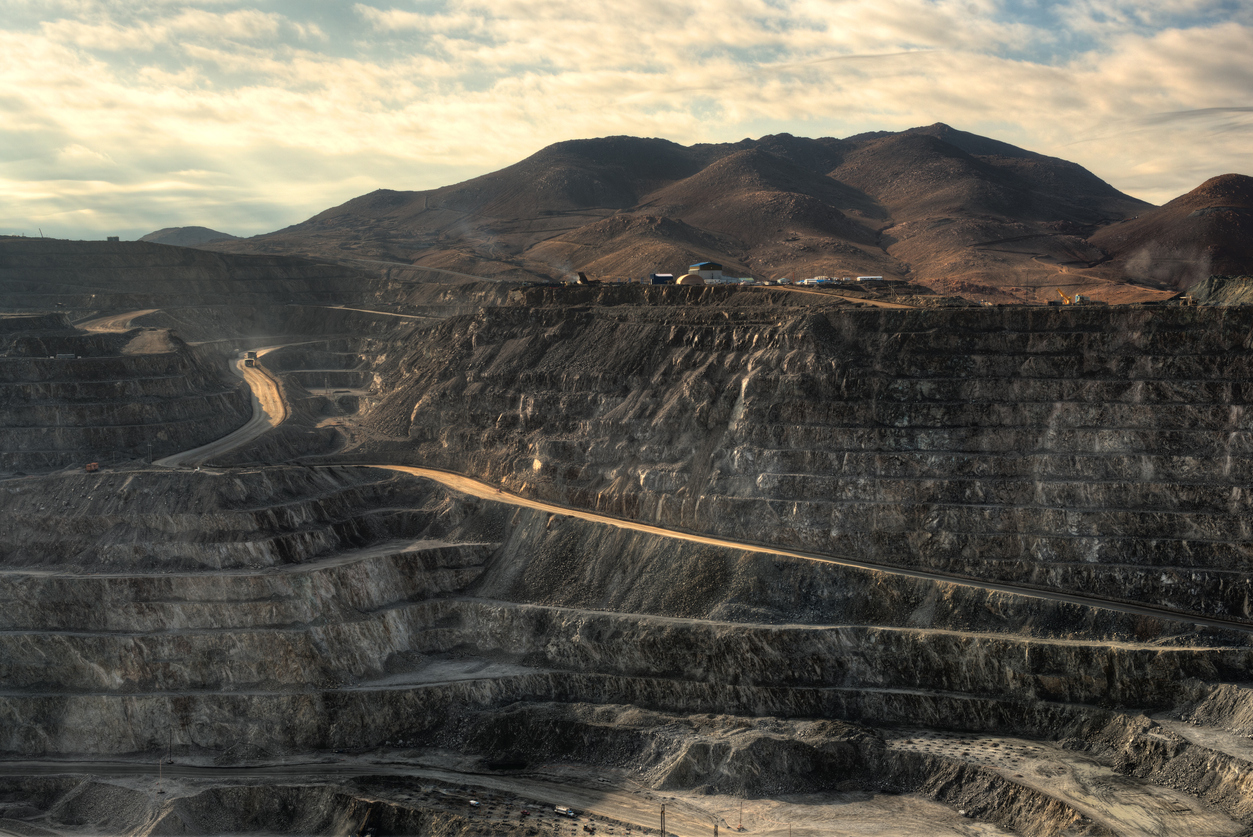

South America is home to some of the largest copper deposits in the world, and several exploration companies are working hard to discover new resources and expand existing ones. Here are the top three copper exploration companies in South America, along with some of their most notable intercepts.
Solaris Resources (TSX:SLS) (OTCQB:SLSSF)
Solaris Resources (TSX:SLS) (OTCQB:SLSSF) is a Canadian copper exploration company focused on the discovery and development of copper and gold deposits in the Americas. The company has a strong presence in South America, where it is actively exploring for copper and gold deposits in Ecuador and Peru.
The company continues to report regular exploration results expanding on its discoveries at what has been called a potential “superpit”.
Warintza is considered a take-out target as the Company has defined a large 1.5Bt copper inventory, featuring a high-grade starter pit and low strip ratio, within a mining district offering major structural advantages from highway access, abundant and low-cost hydroelectric power, fresh water, labour and low elevation. The Company has de-risked the project by locking in a social license through an IBA signed with the communities, and freezing in place the regulatory and fiscal framework by signing an Investment Contract with the Government in December. The final de-risking item is completing project permitting, which is ongoing and expected in 2024 with the project being designated a “strategic priority project” by the Government.
First Quantum Minerals (TSX:FM)
First Quantum Minerals (TSX:FM) is a Vancouver-based mining company with operations in Africa, Australia, and South America. Its flagship copper mine is the Cobre Panama project, located in Panama. The company has been exploring the region for years and has made several significant copper discoveries.
First Quantum has reported several impressive drill intercepts at Cobre Panama. One of the most notable was a 136-meter intersection of copper and gold mineralization, grading 0.63% copper and 0.35 grams per tonne of gold. This intercept was found in the southeast extension of the Cobre Panama deposit, and the company believes it has the potential to significantly increase the mine’s resources.
Anglo American (LSE:AAL)
Anglo American (LSE:AAL) is a multinational mining company with operations in Africa, Europe, and the Americas. Its copper operations are located in Chile, where it owns a 50% stake in the Los Bronces mine and a 100% stake in the Mantoverde mine.
Anglo American has reported several impressive drill intercepts at Los Bronces. One of the most significant was a 95-meter intersection of copper and molybdenum mineralization, grading 0.67% copper and 0.022% molybdenum. This intercept was found in the north zone of the mine, and the company believes it has the potential to increase the mine’s resources.
Teck Resources (NYSE:TECK)
Teck Resources (NYSE:TECK) is a Canadian mining company with operations in Canada, the United States, and Chile. Its copper operations are located in Chile, where it owns a 90% stake in the Quebrada Blanca mine.
Teck reported several intercepts at Quebrada Blanca since exploration began. One of the most biggest was in 2021; a 129-meter intersection of copper mineralization, grading 0.39% copper. This intercept was found in the QB2 deposit, which is currently under construction and expected to begin production in 2022. The company believes that QB2 has the potential to become a significant copper producer, with a projected mine life of over 25 years.
The above references an opinion and is for information purposes only. It is not intended to be investment advice. Seek a licensed professional for investment advice. The author is not an insider or shareholder of any of the companies mentioned above.
If you would like to receive our free newsletter via email, simply enter your email address below & click subscribe.
CONNECT WITH US
Tweets
Tweet with hash tag #miningfeeds or @miningfeeds and your tweets will be displayed across this site.
MOST ACTIVE MINING STOCKS
Daily Gainers
      |
LML.AX | +125.00% |
      |
GCR.AX | +33.33% |
      |
CASA.V | +30.00% |
      |
AHN.AX | +22.22% |
      |
ADD.AX | +22.22% |
      |
AZM.V | +21.98% |
      |
NSE.V | +21.05% |
      |
DYG.V | +18.42% |
      |
AAZ.V | +18.18% |
      |
GLA.AX | +17.65% |






